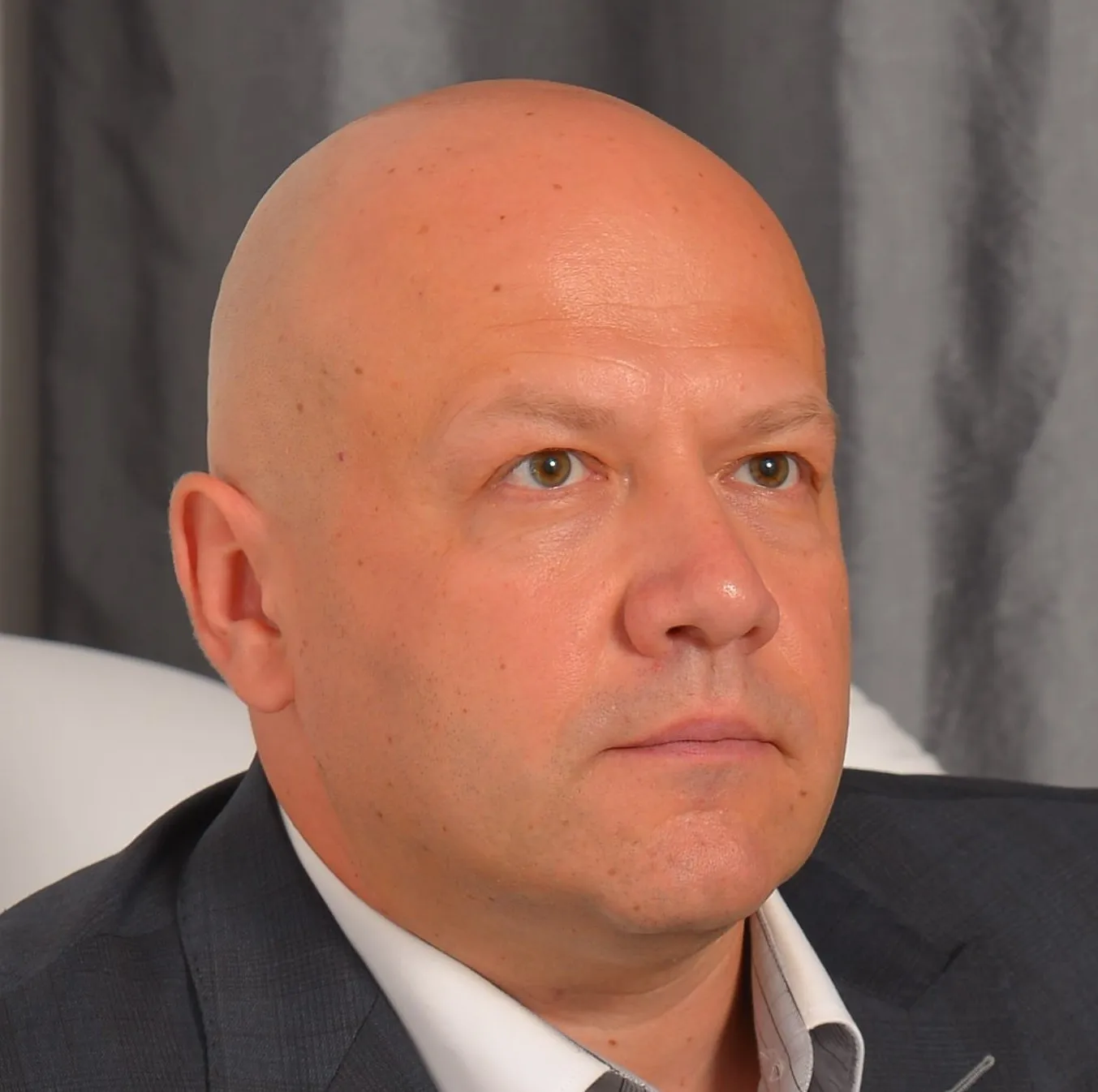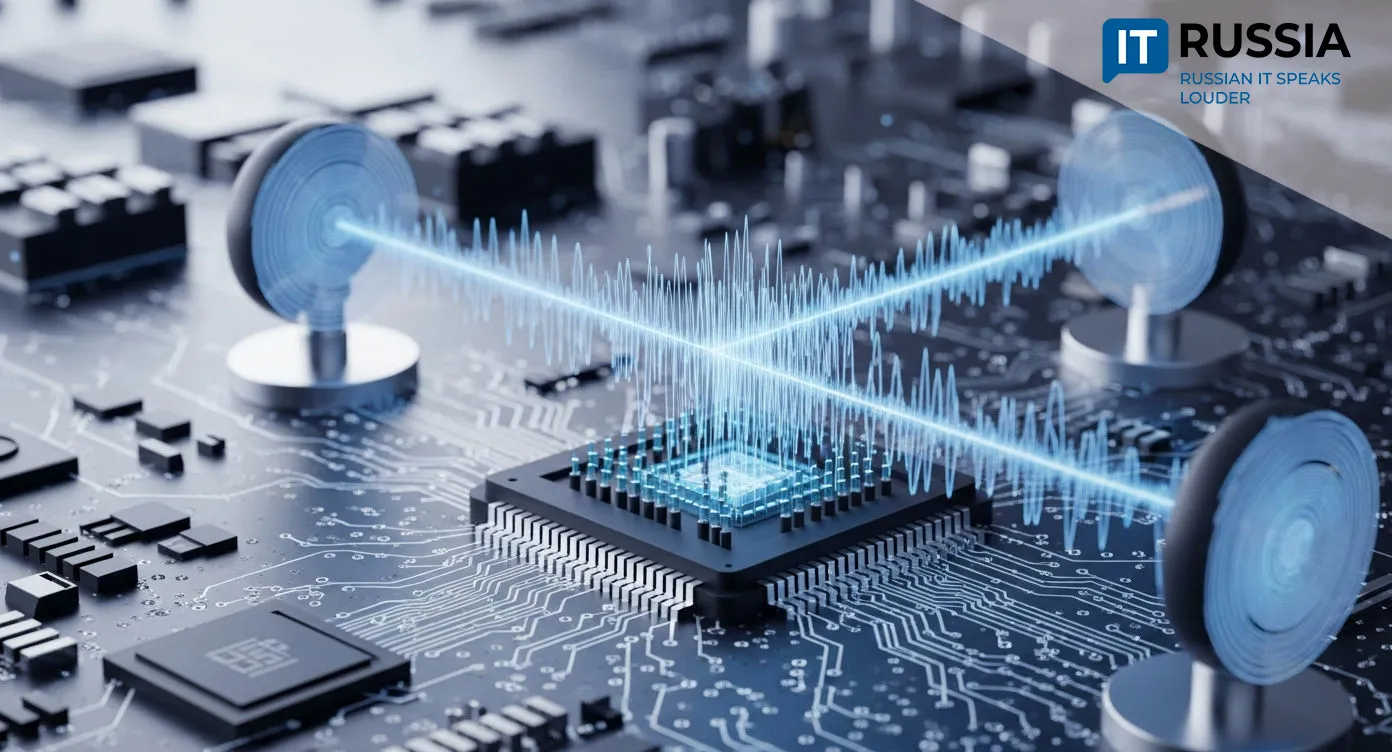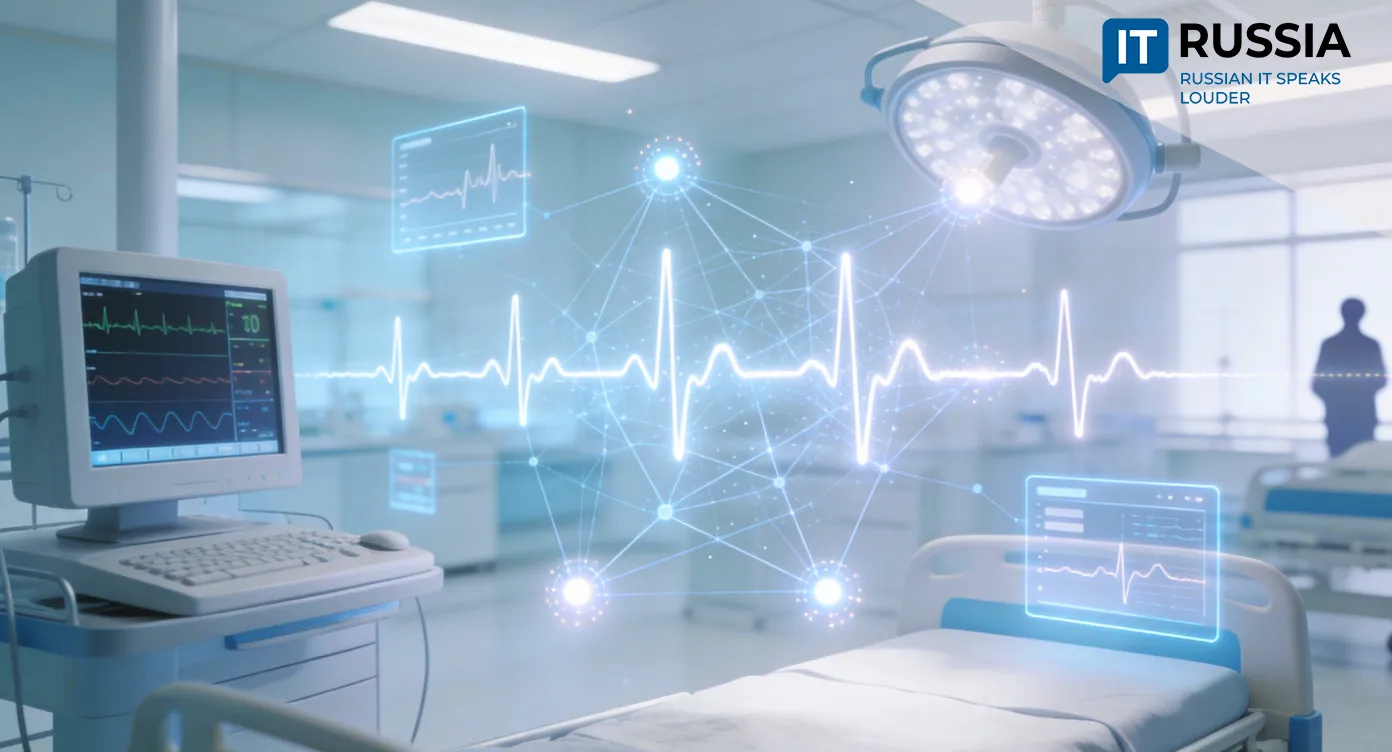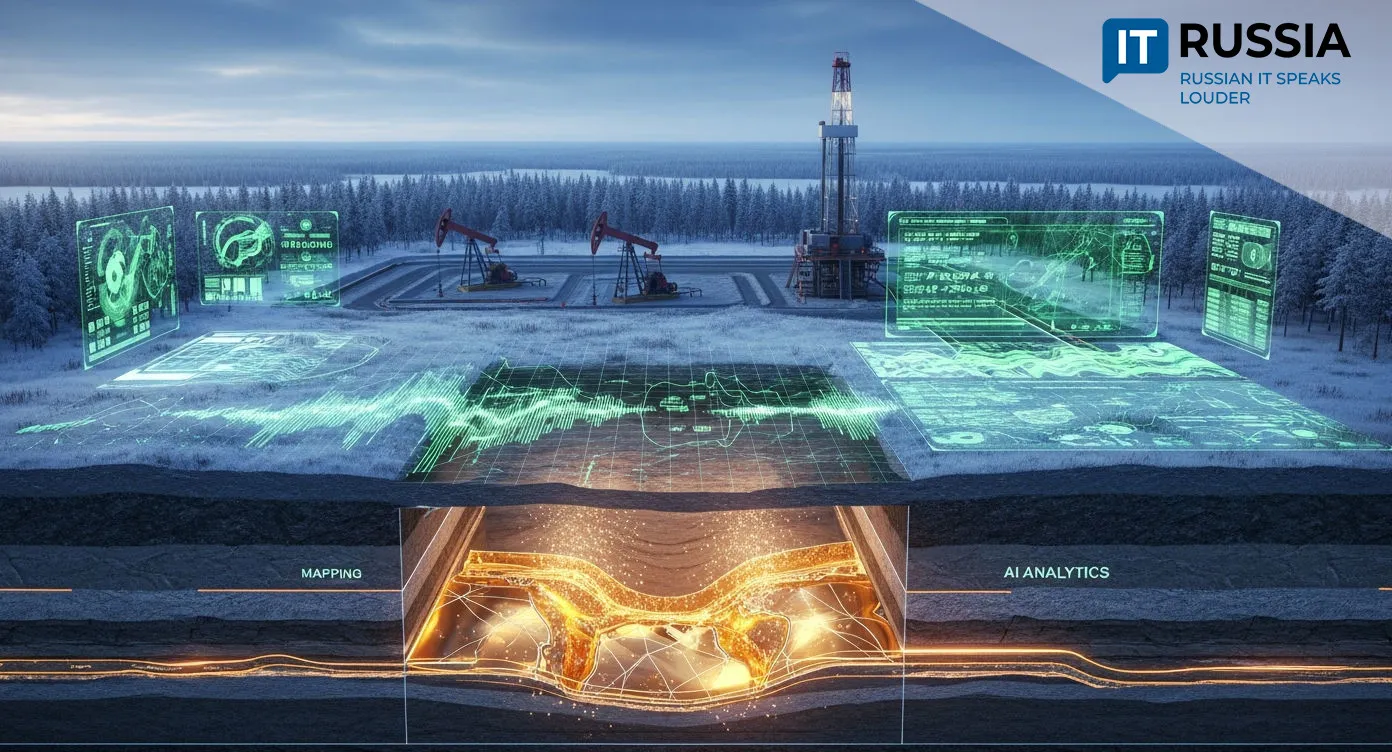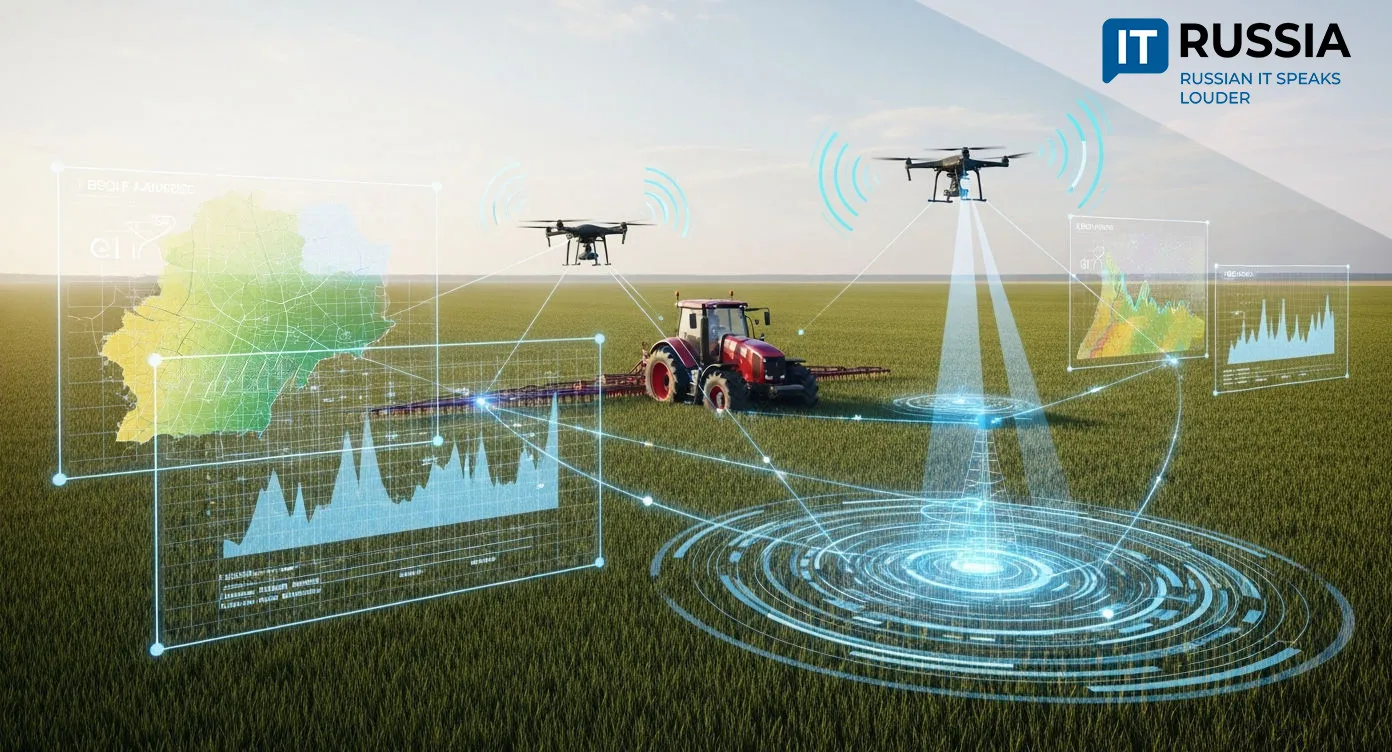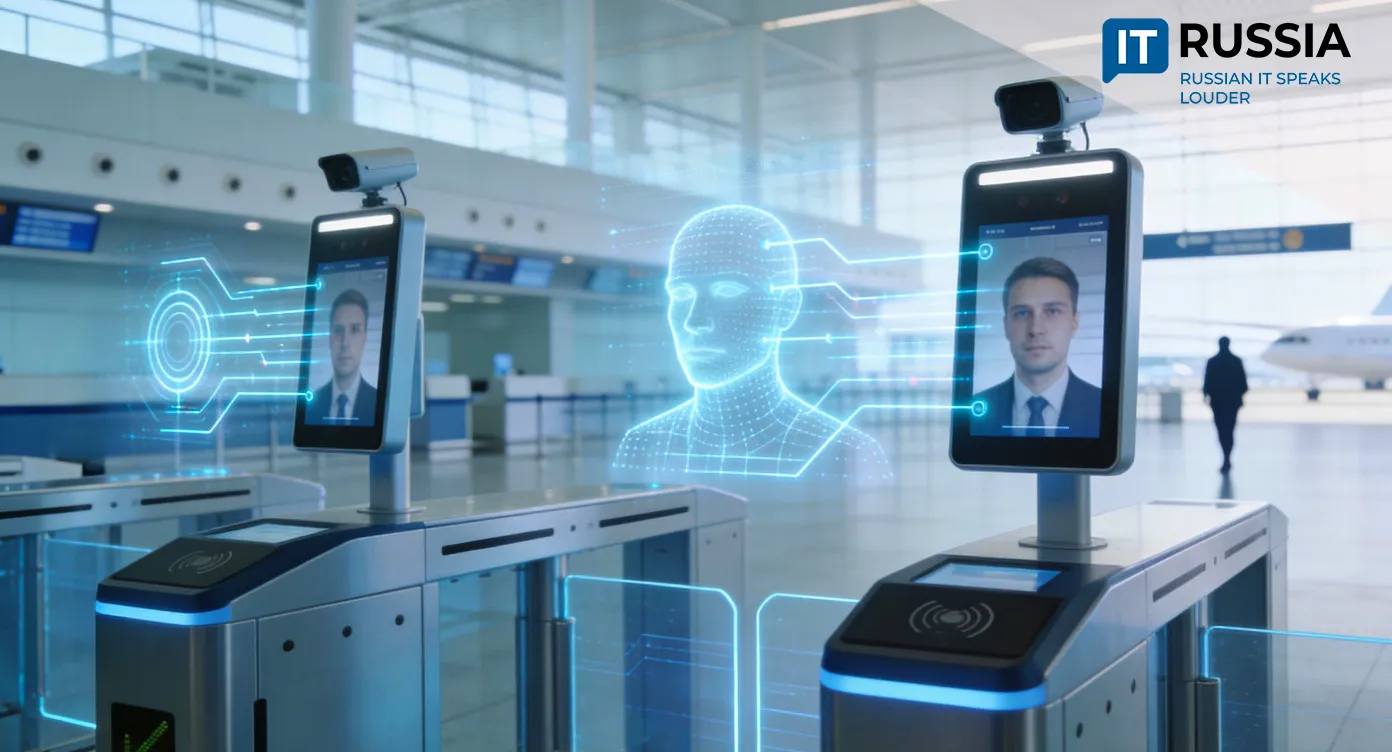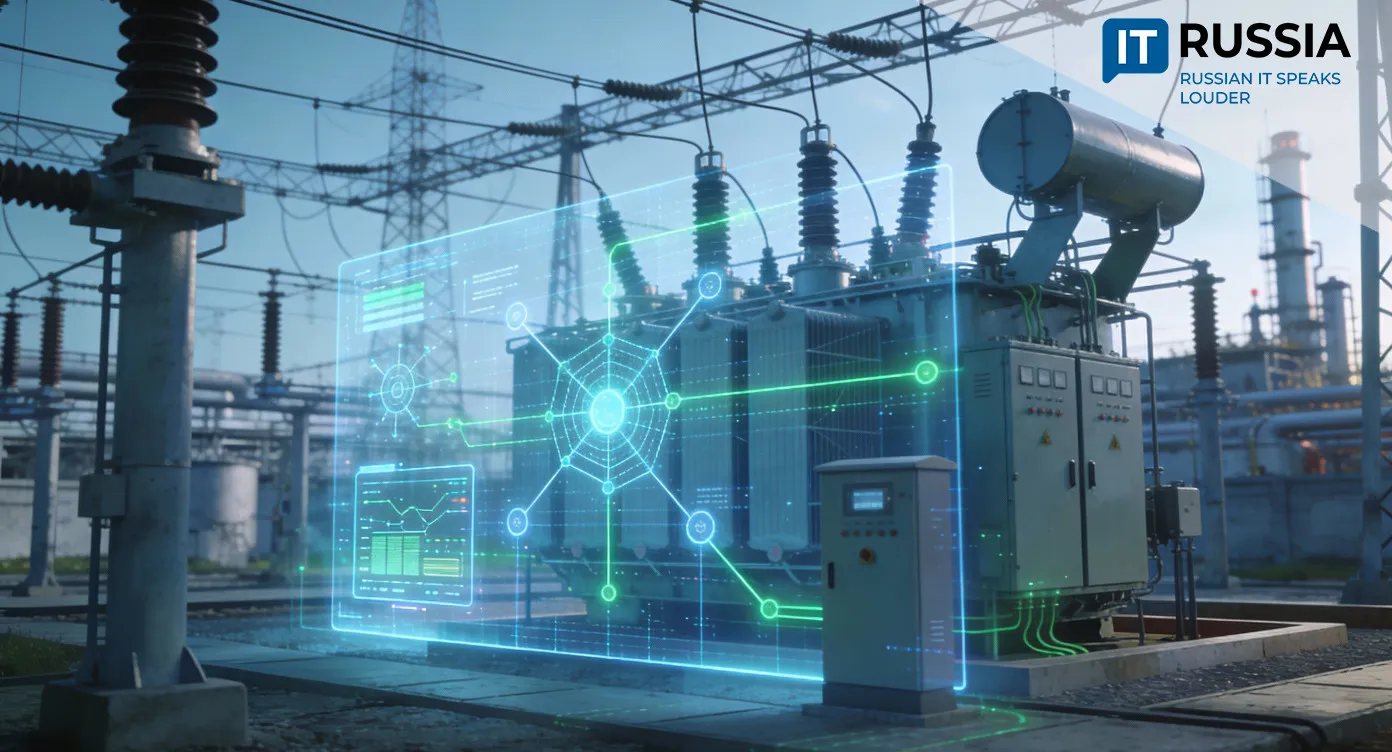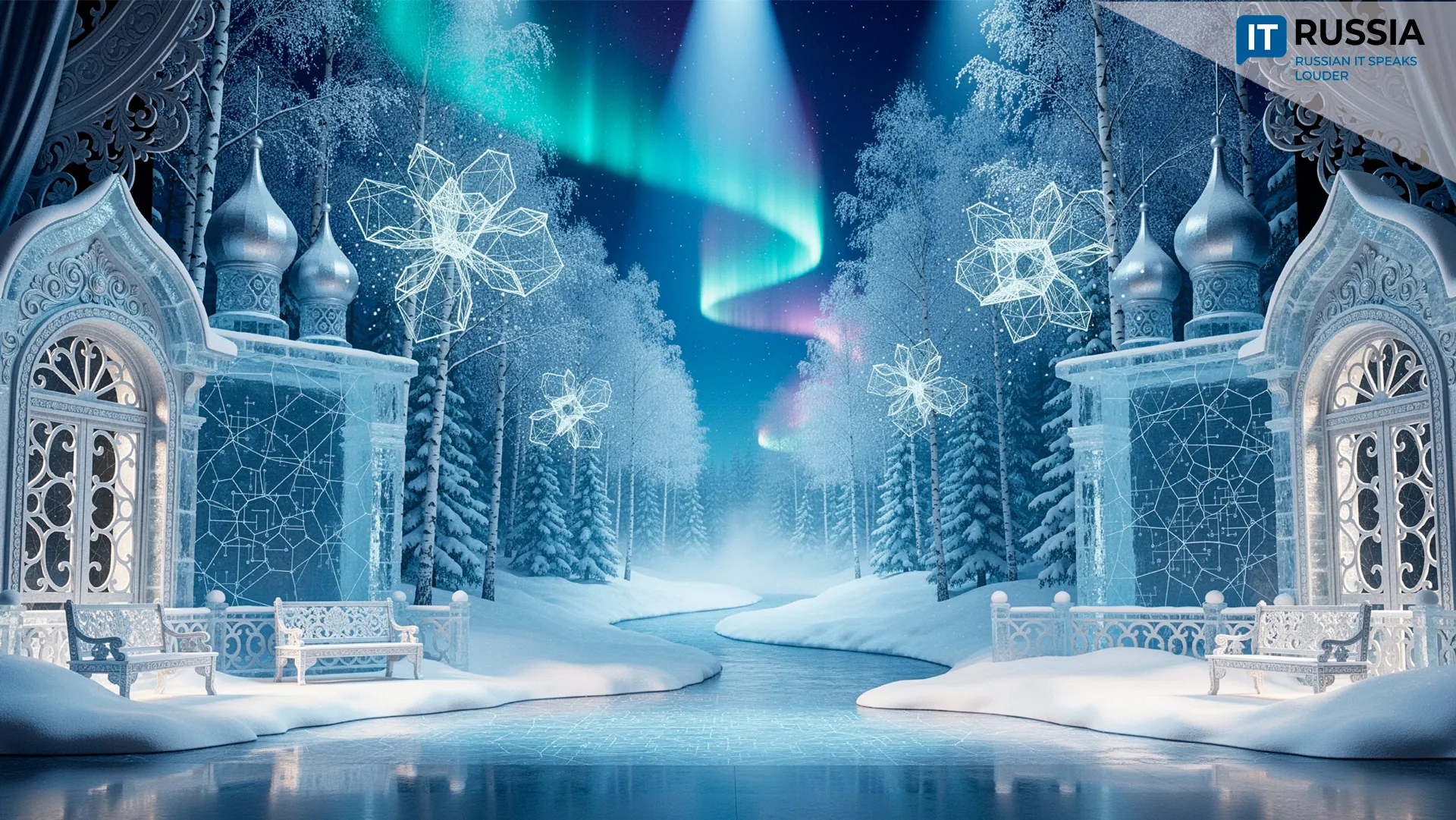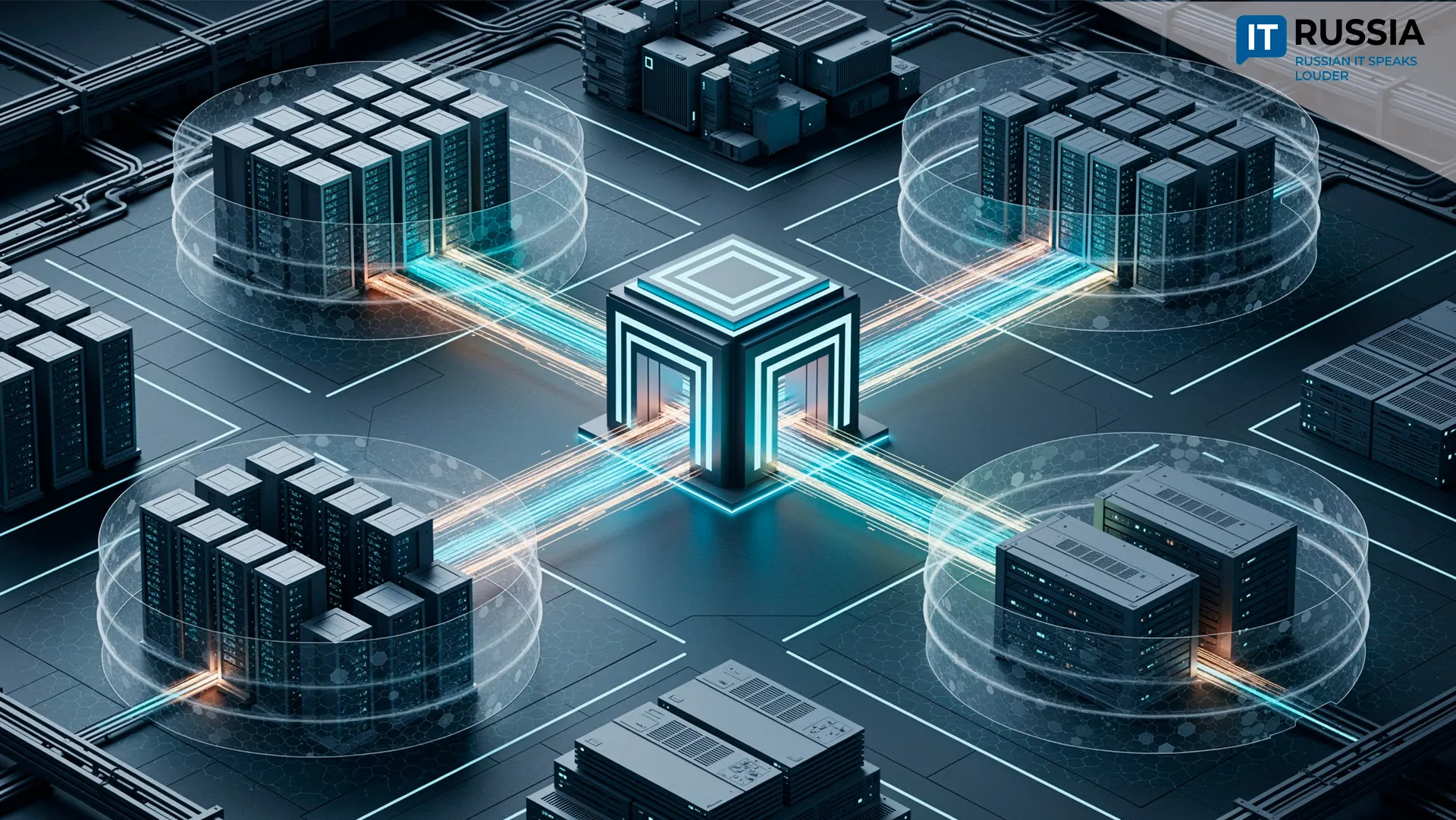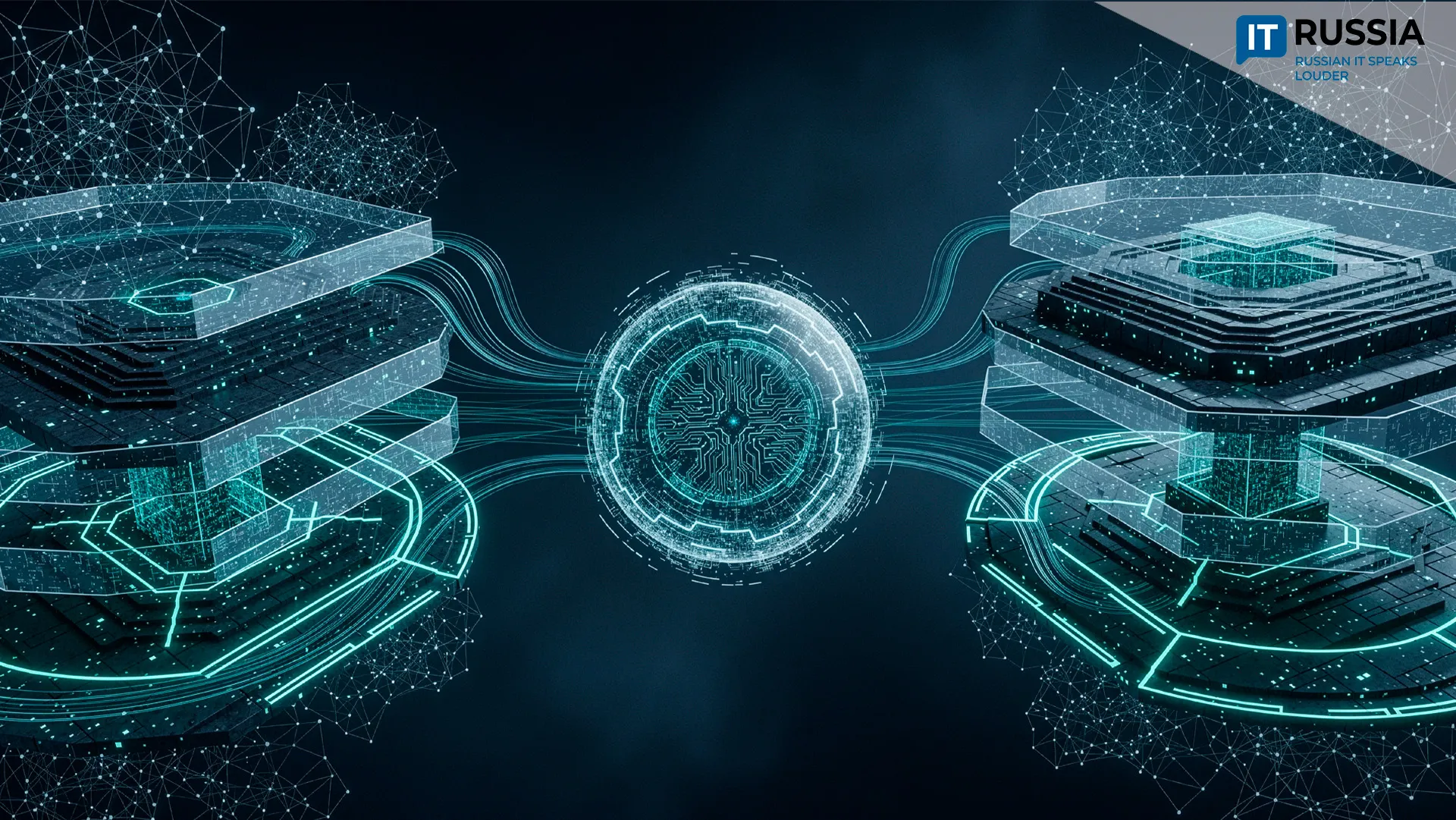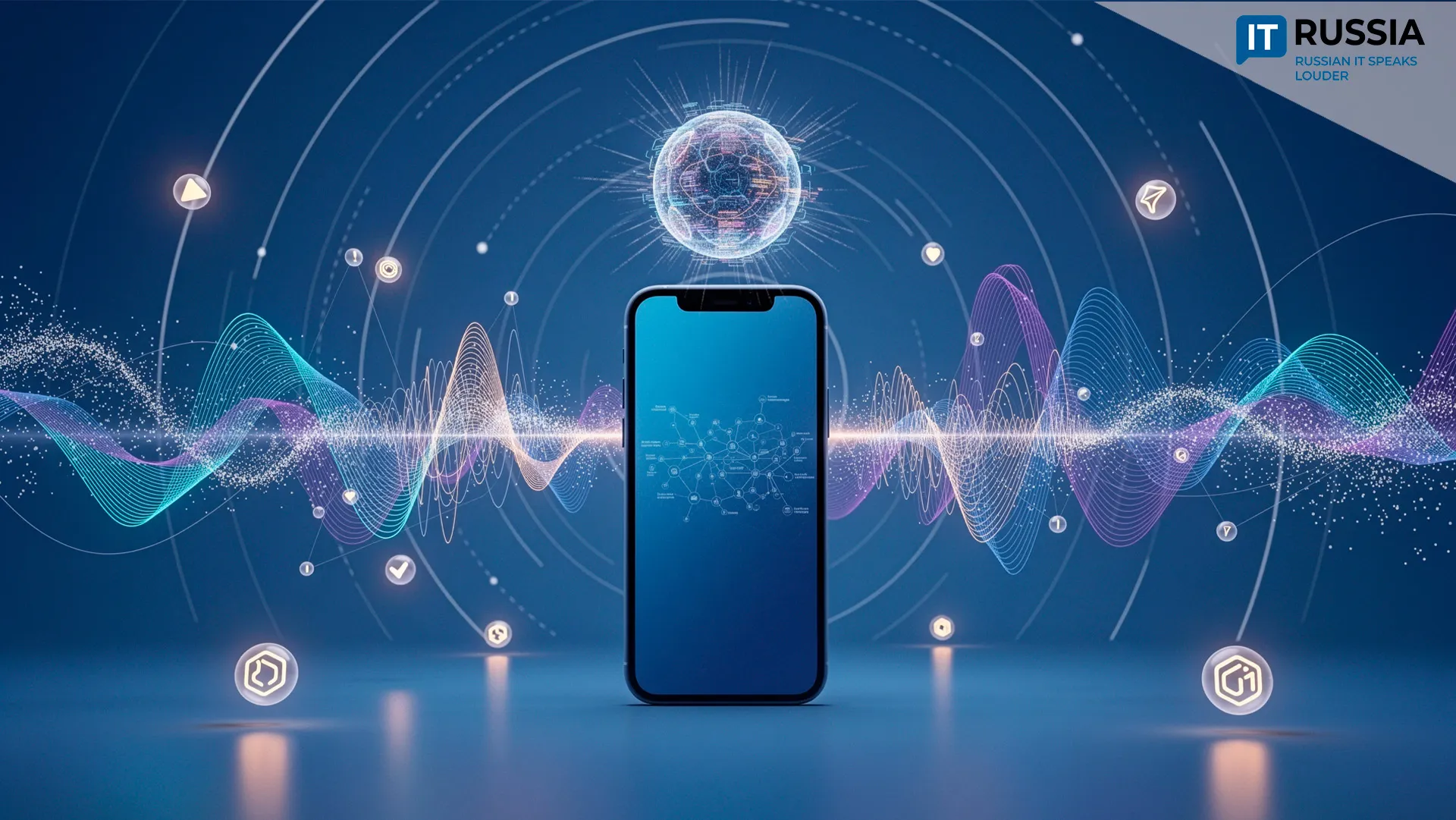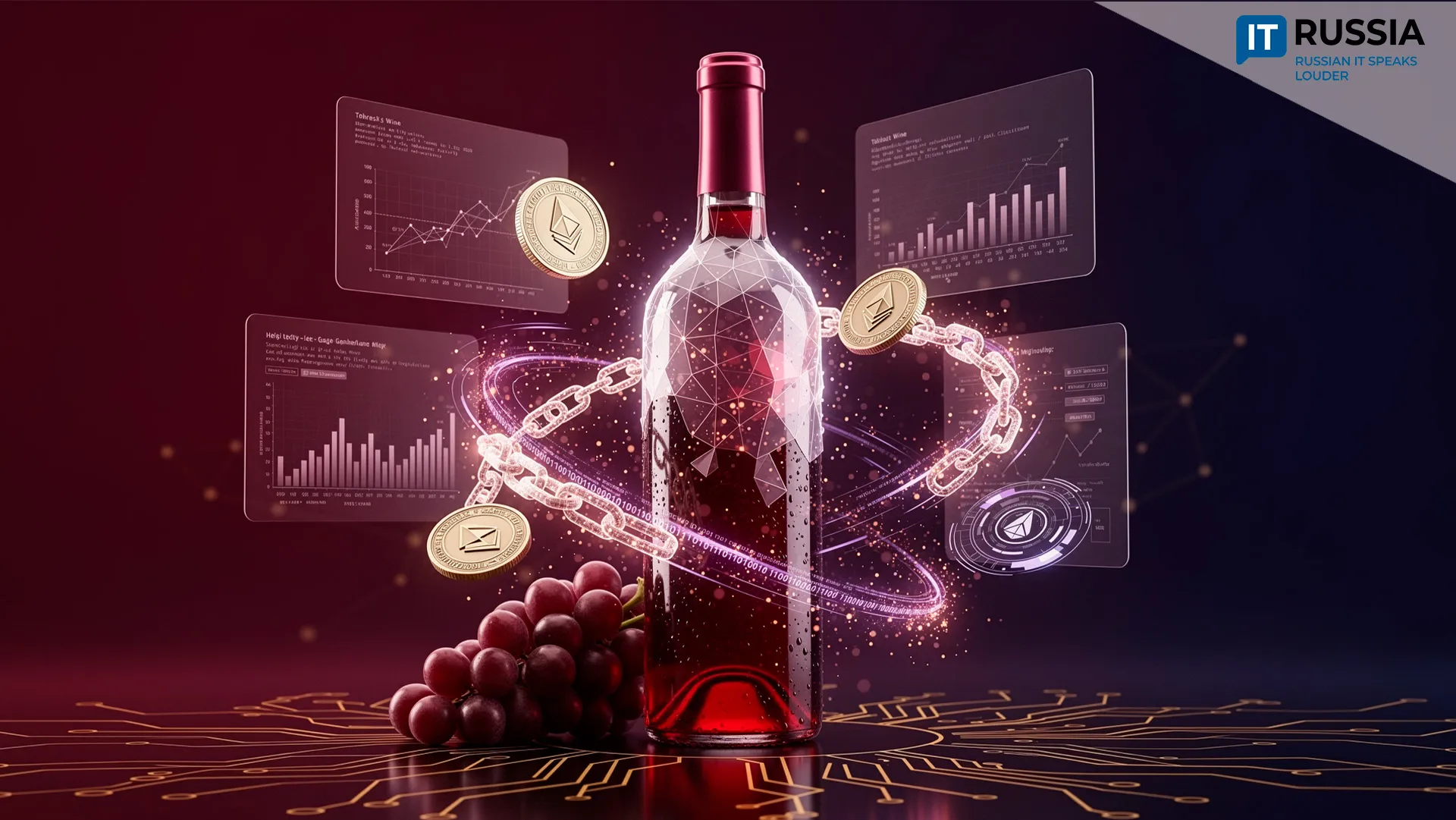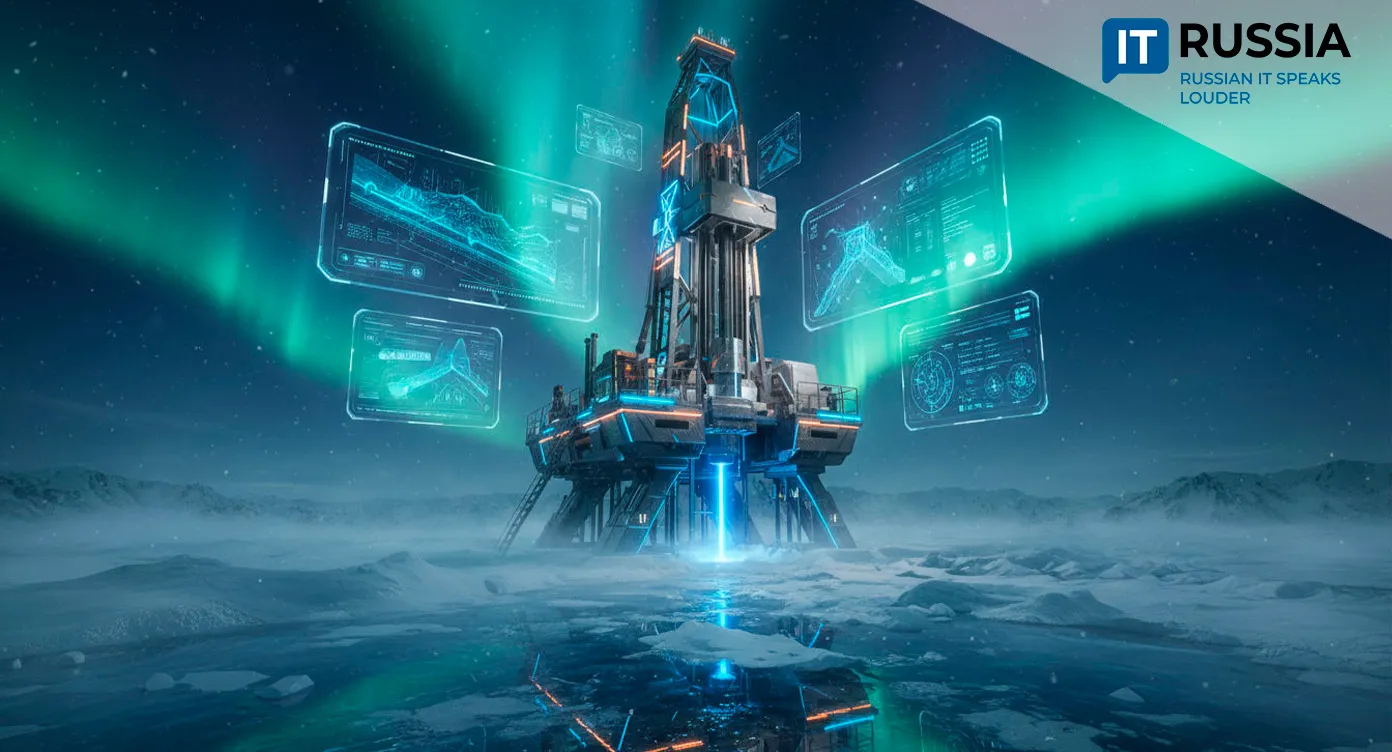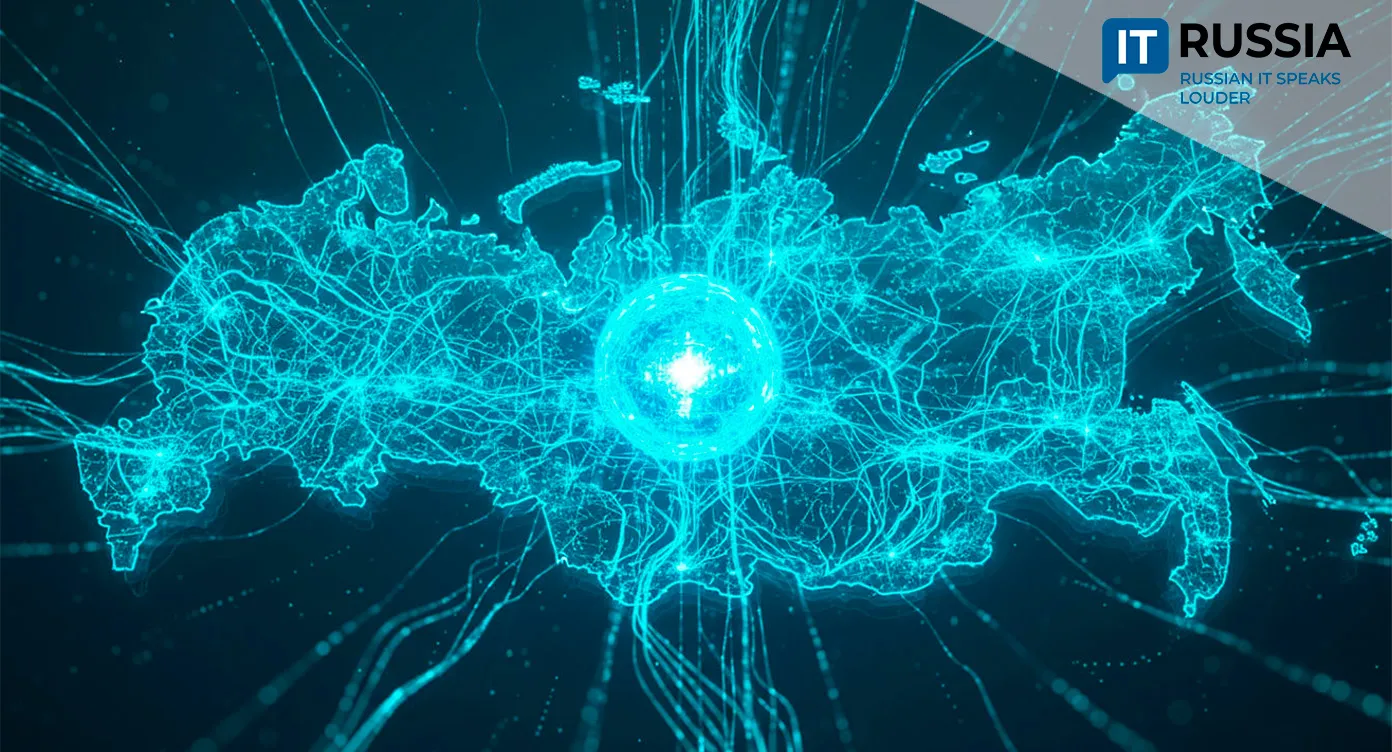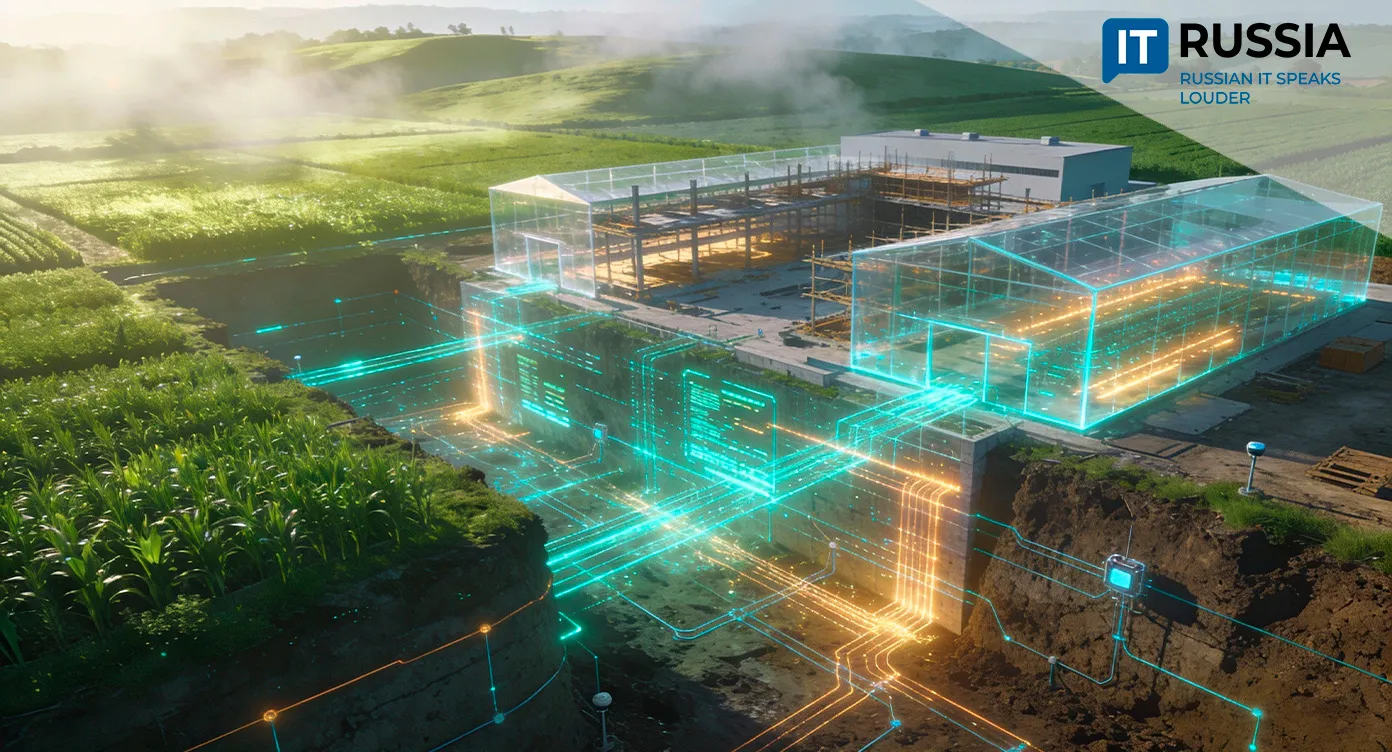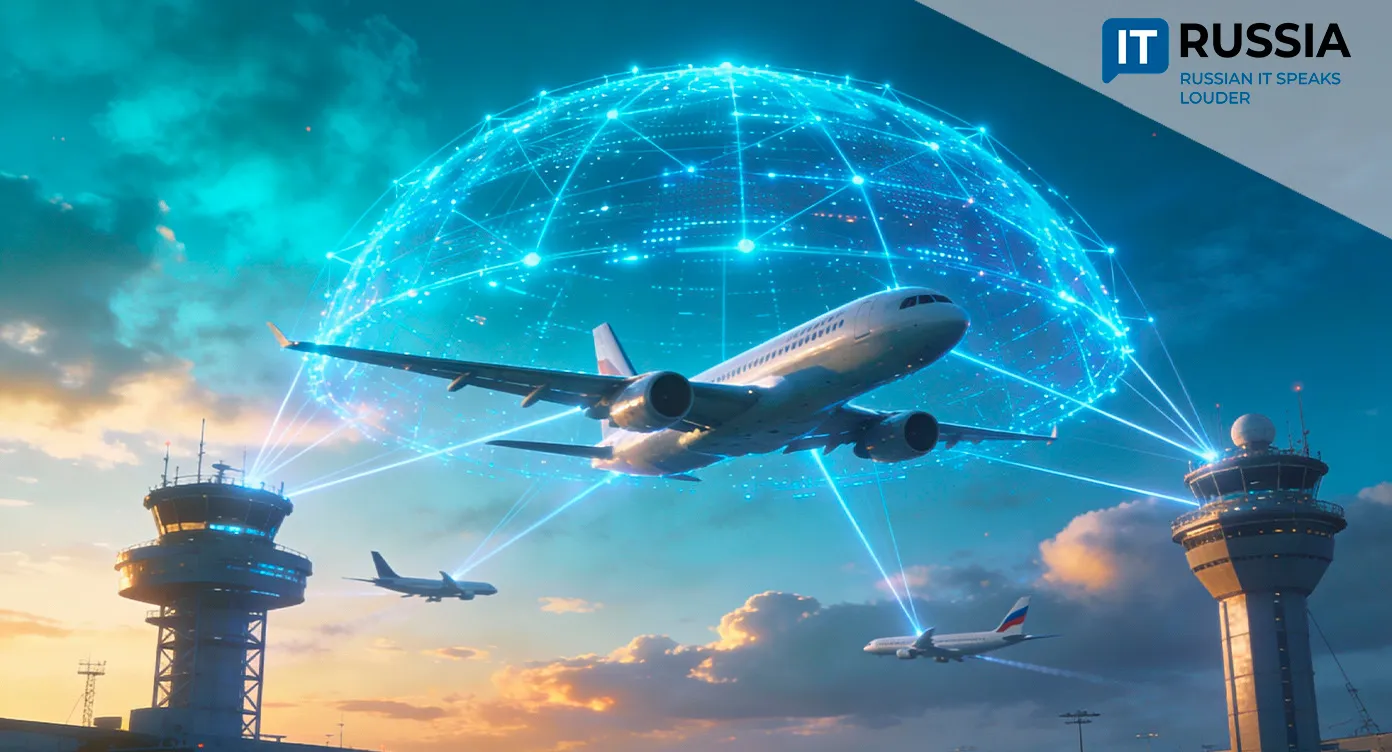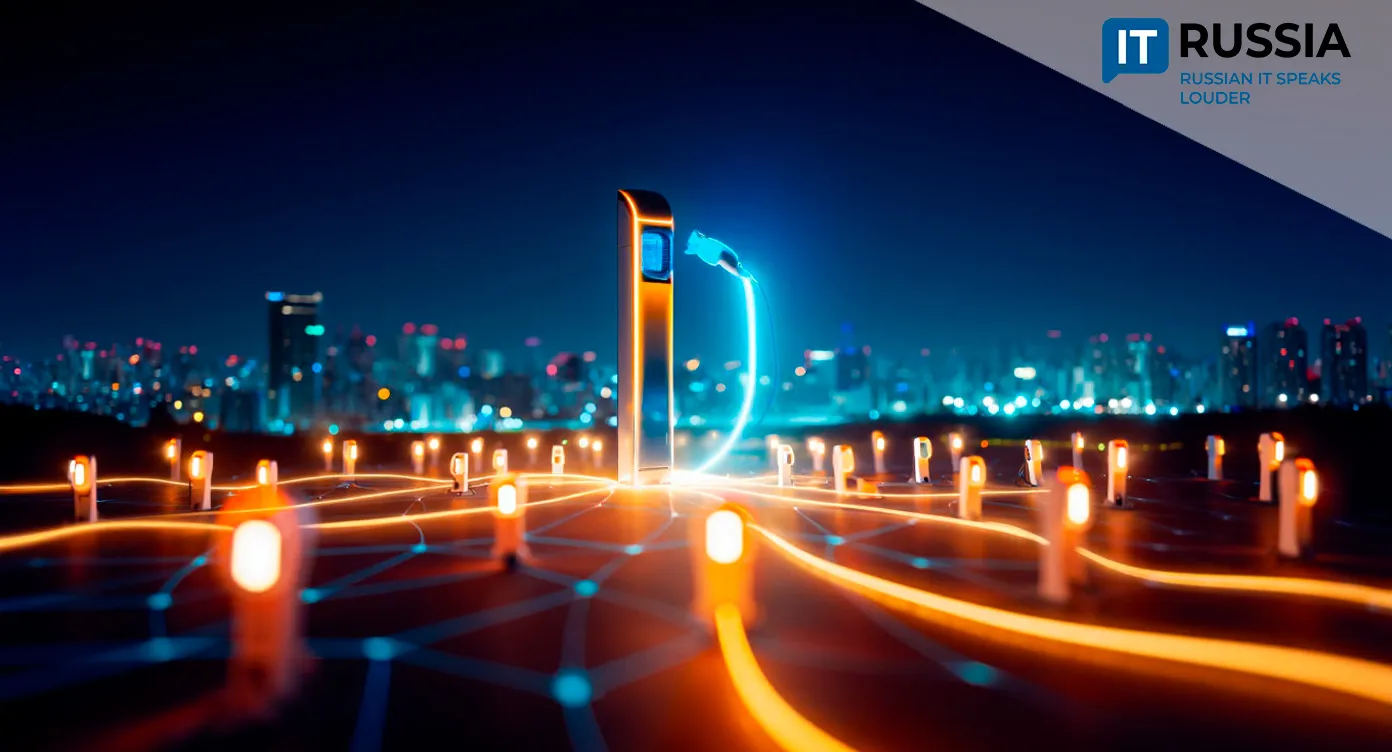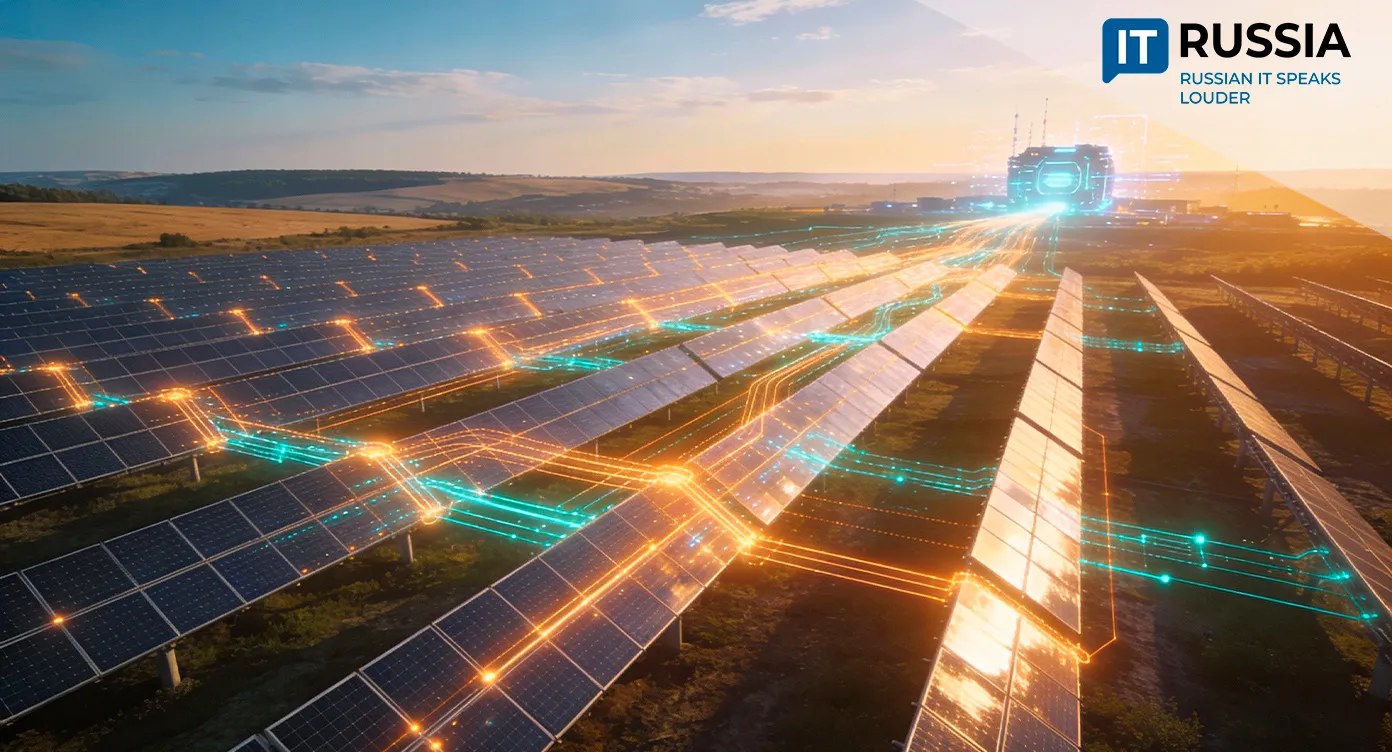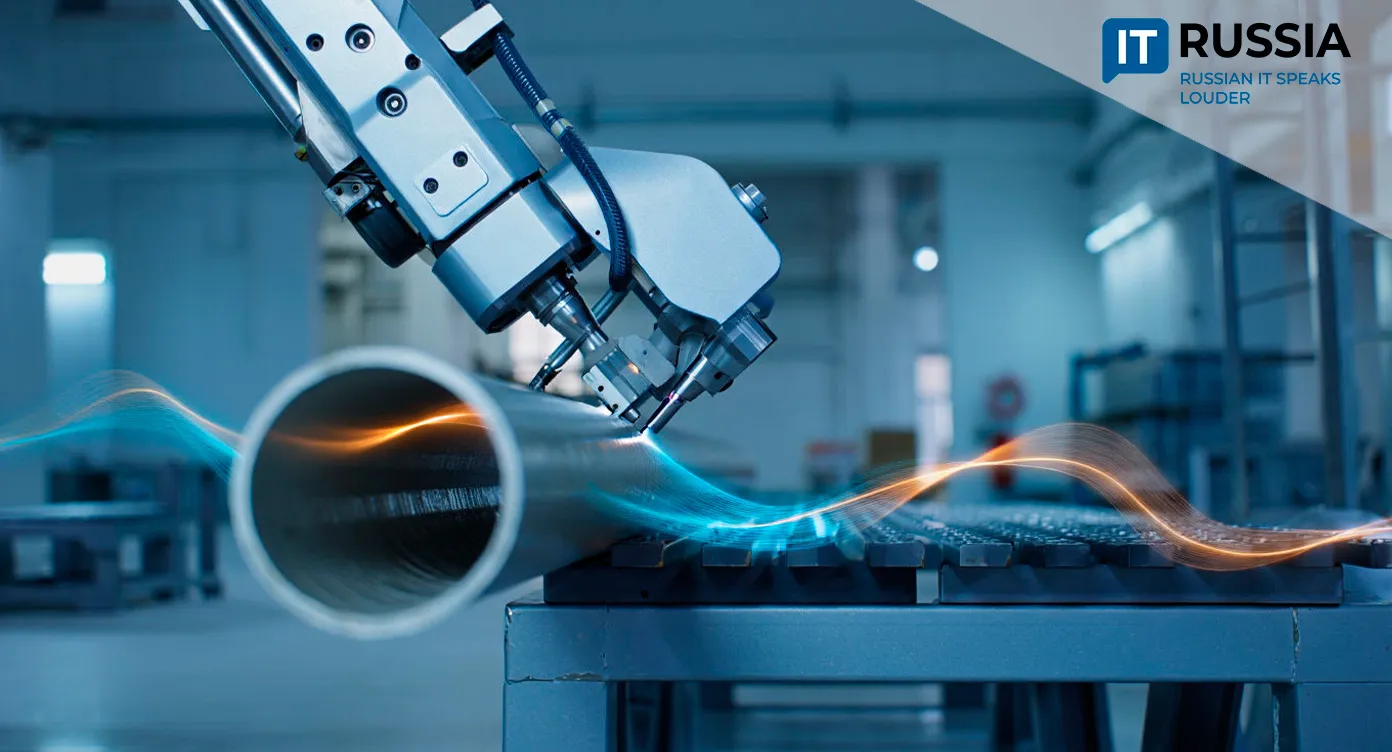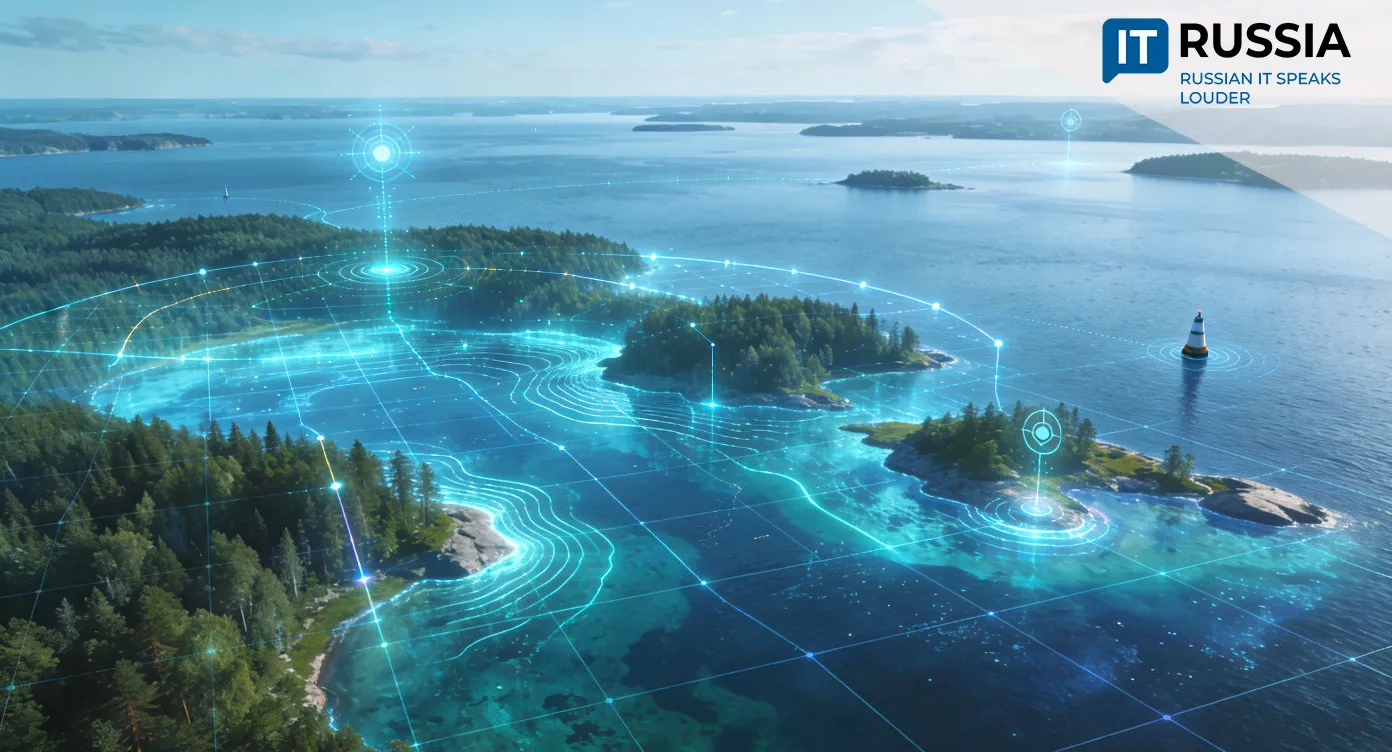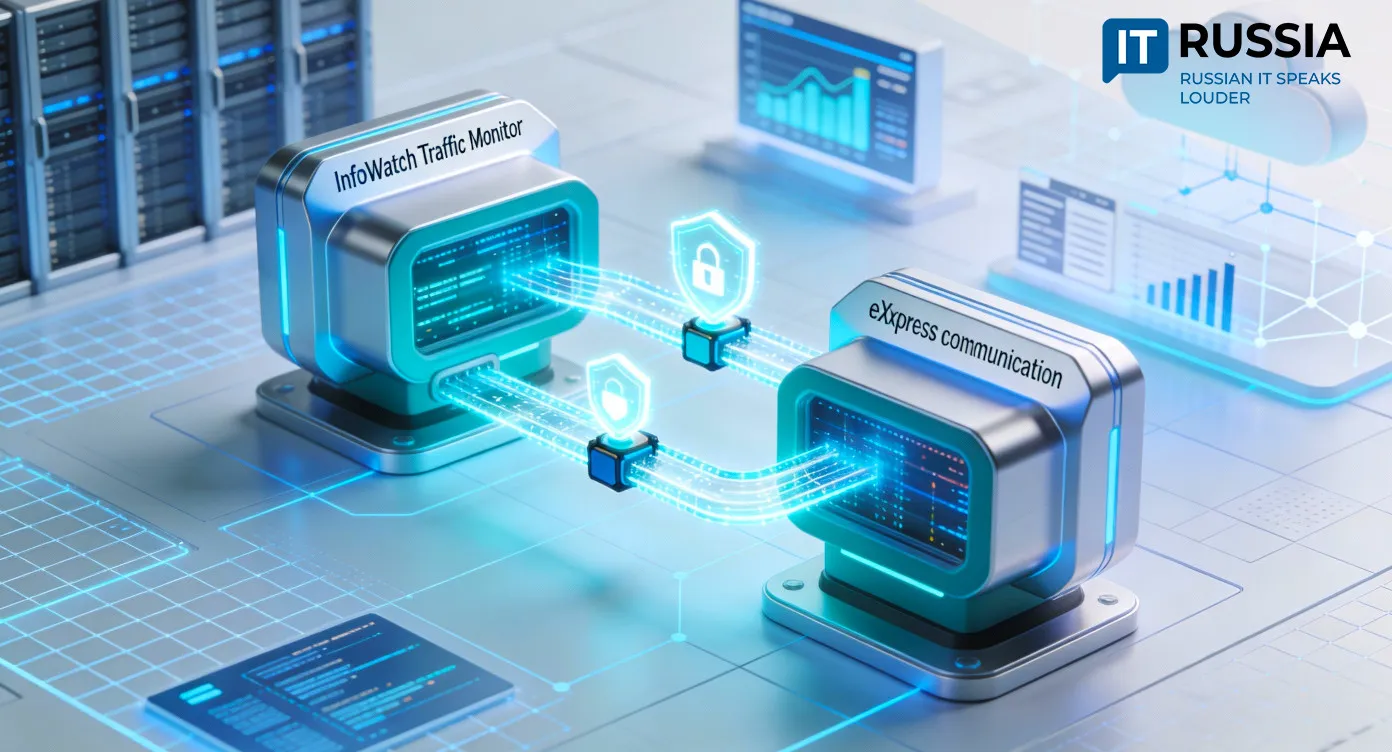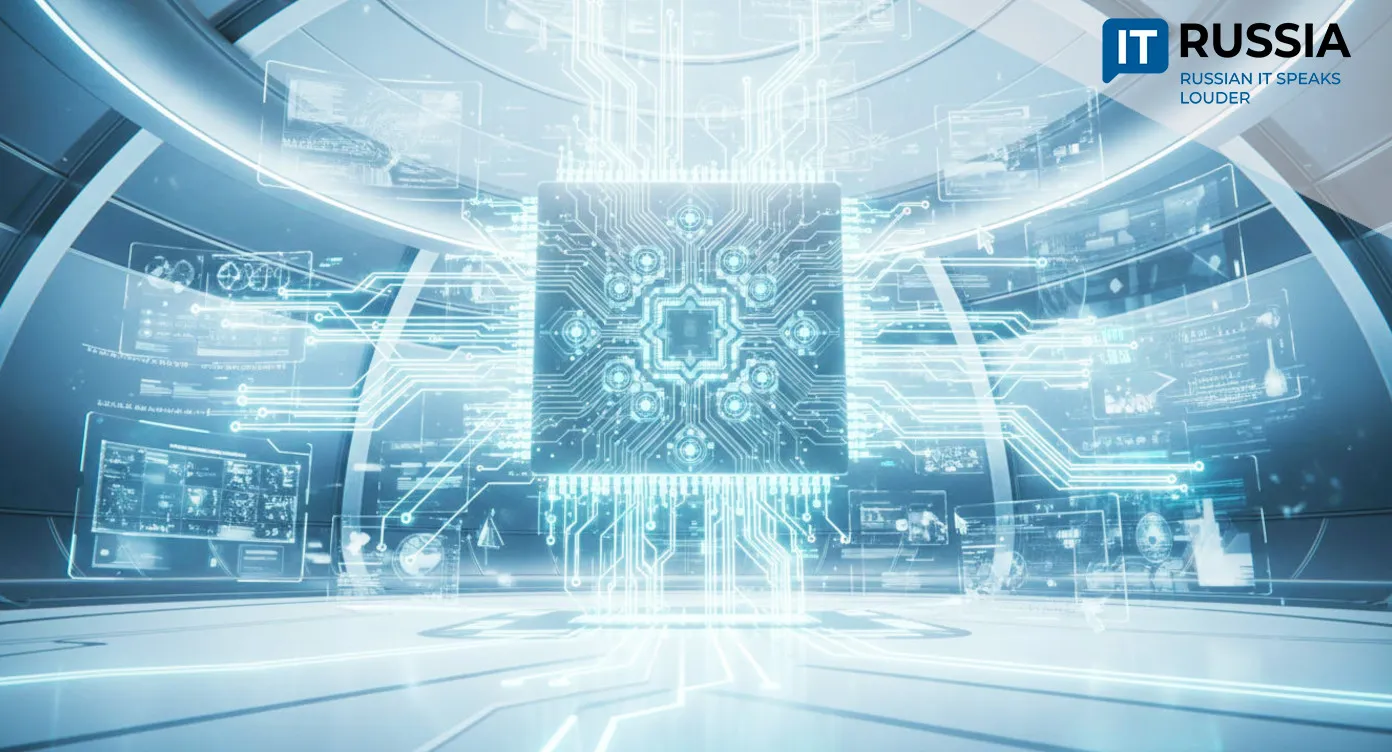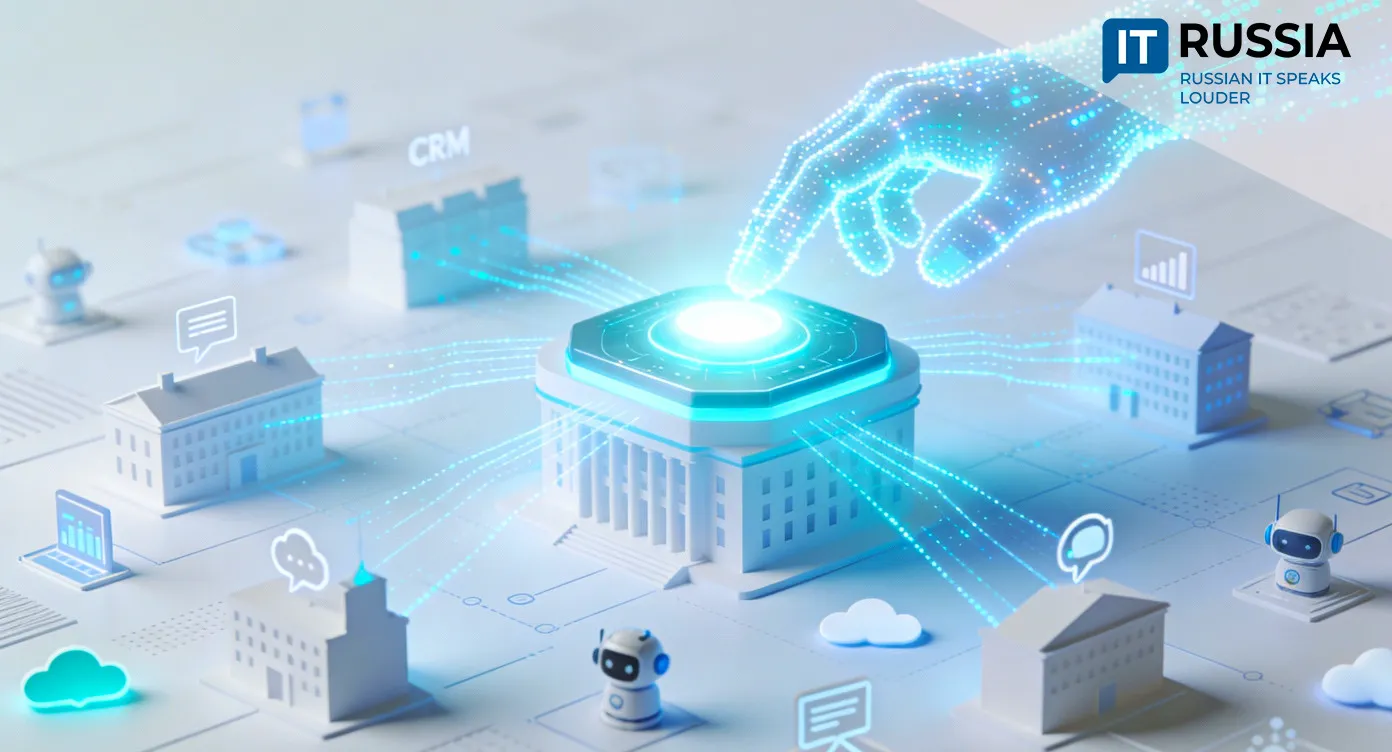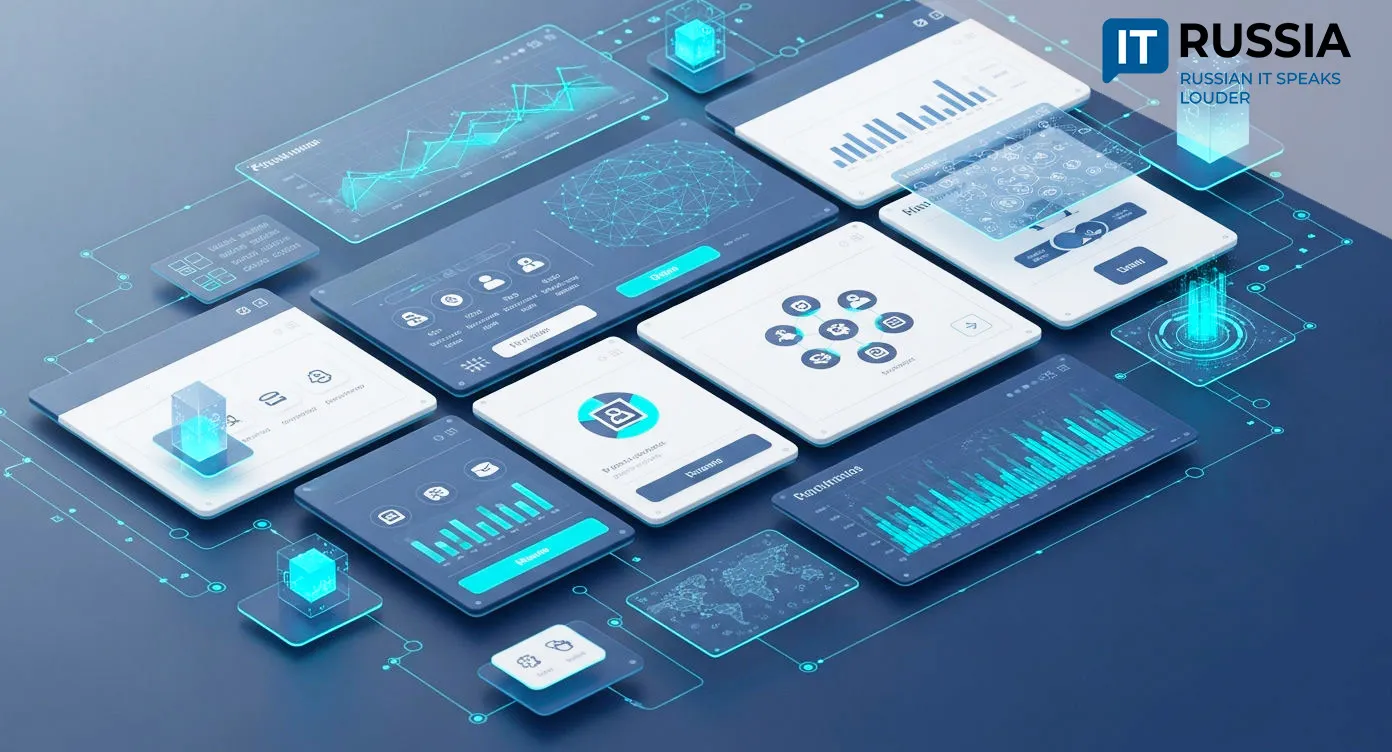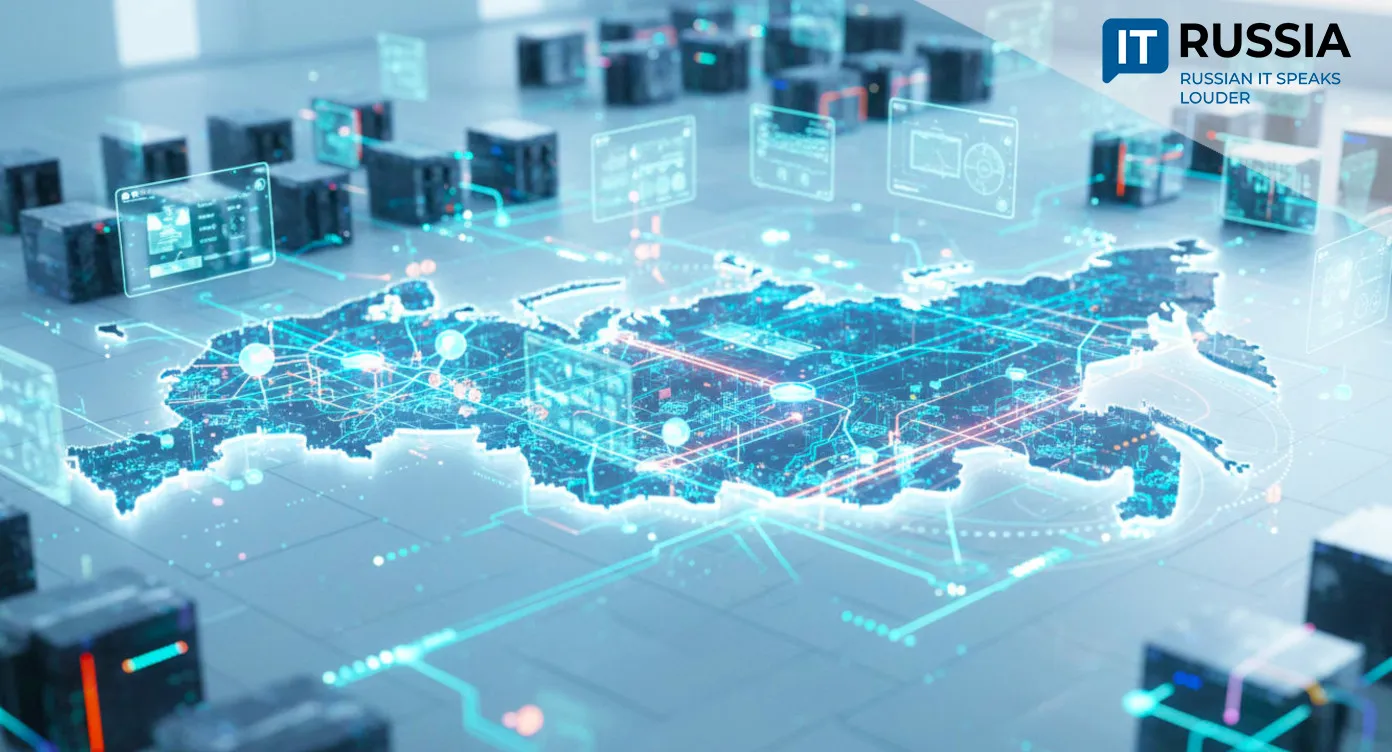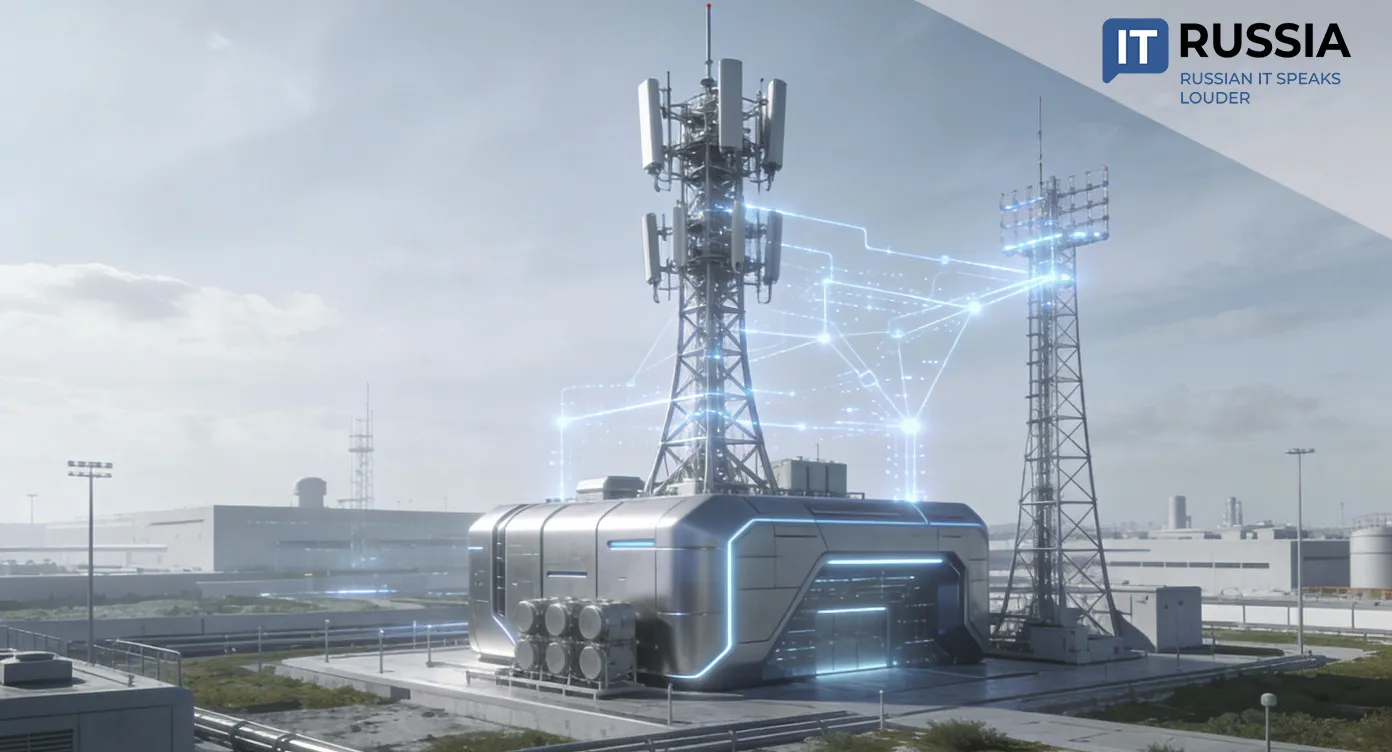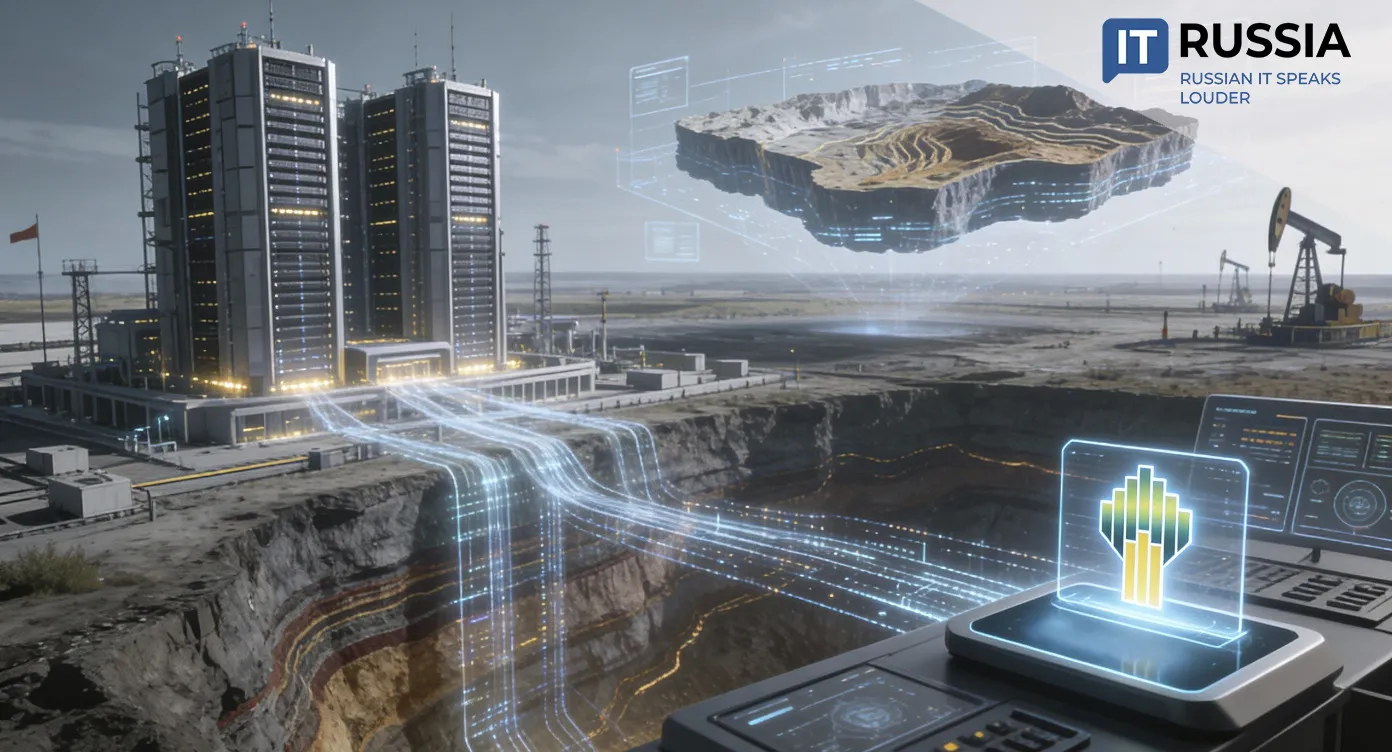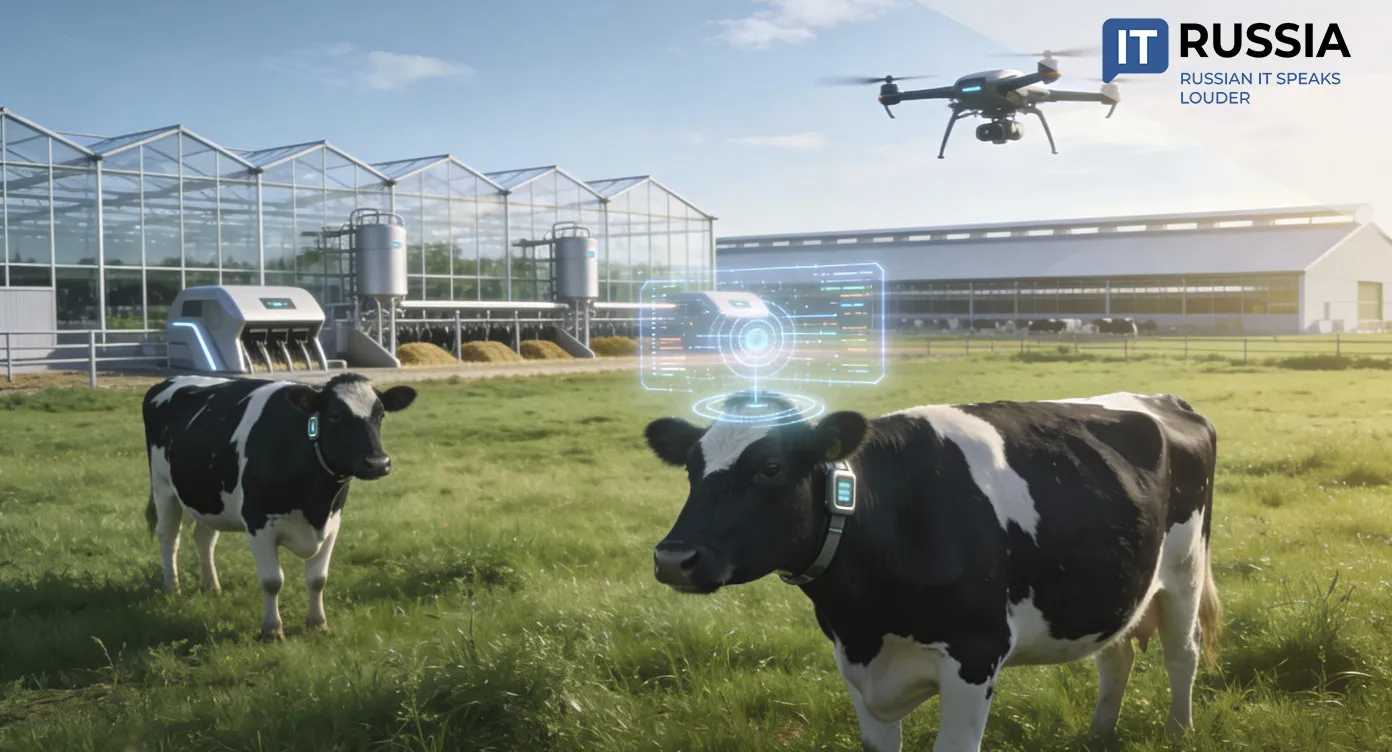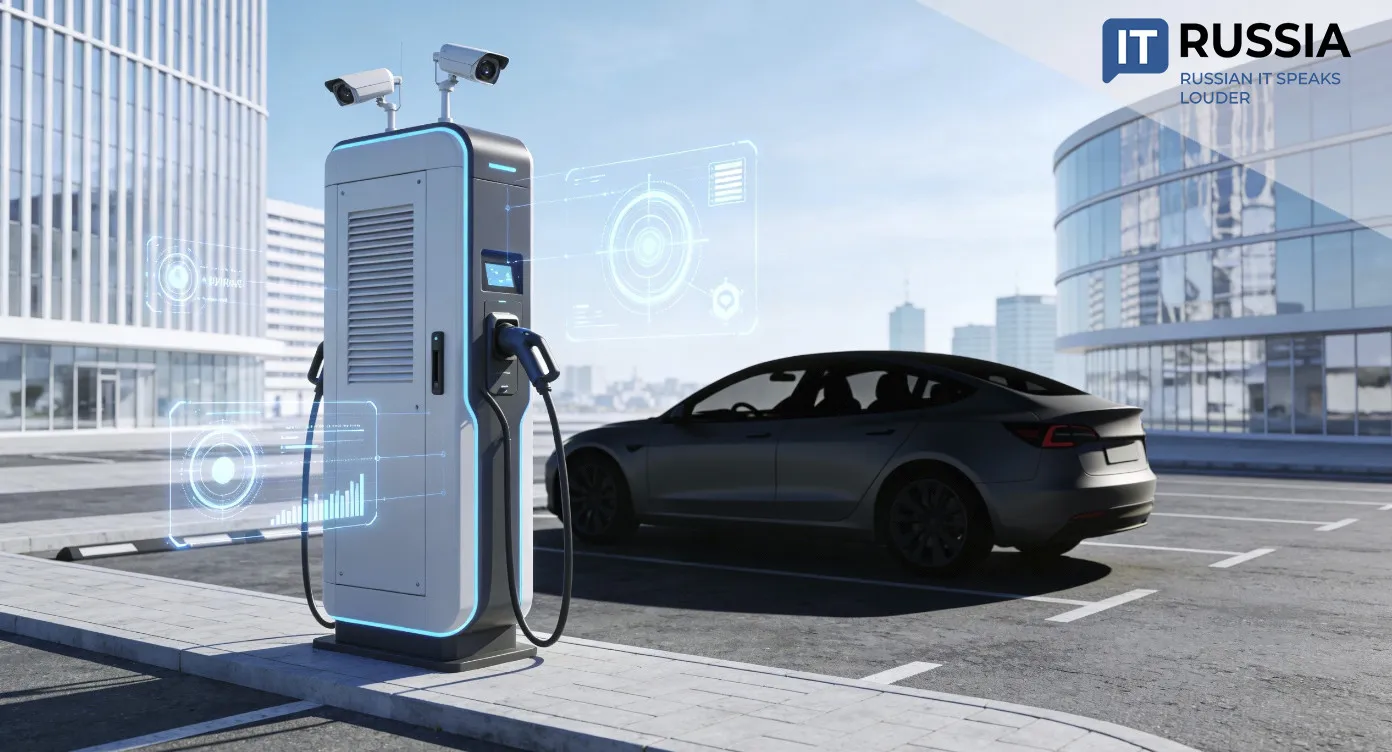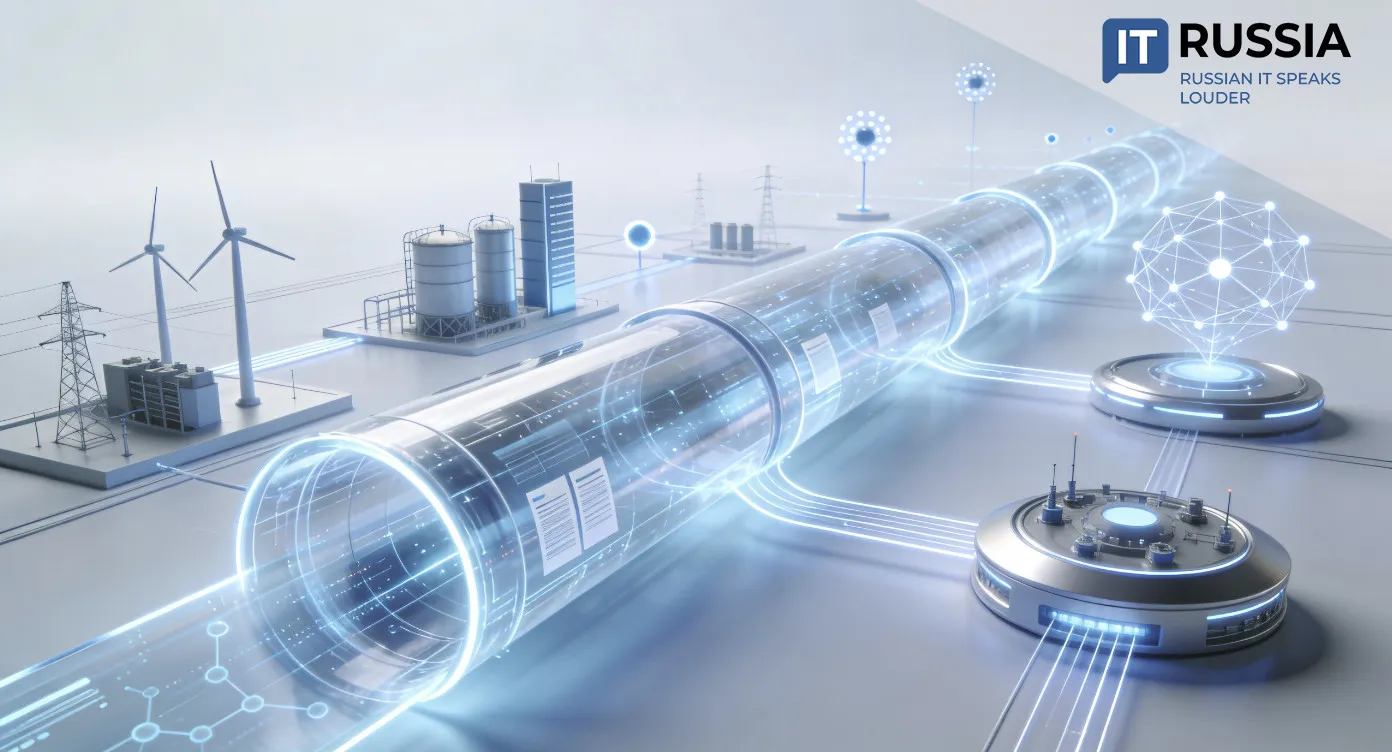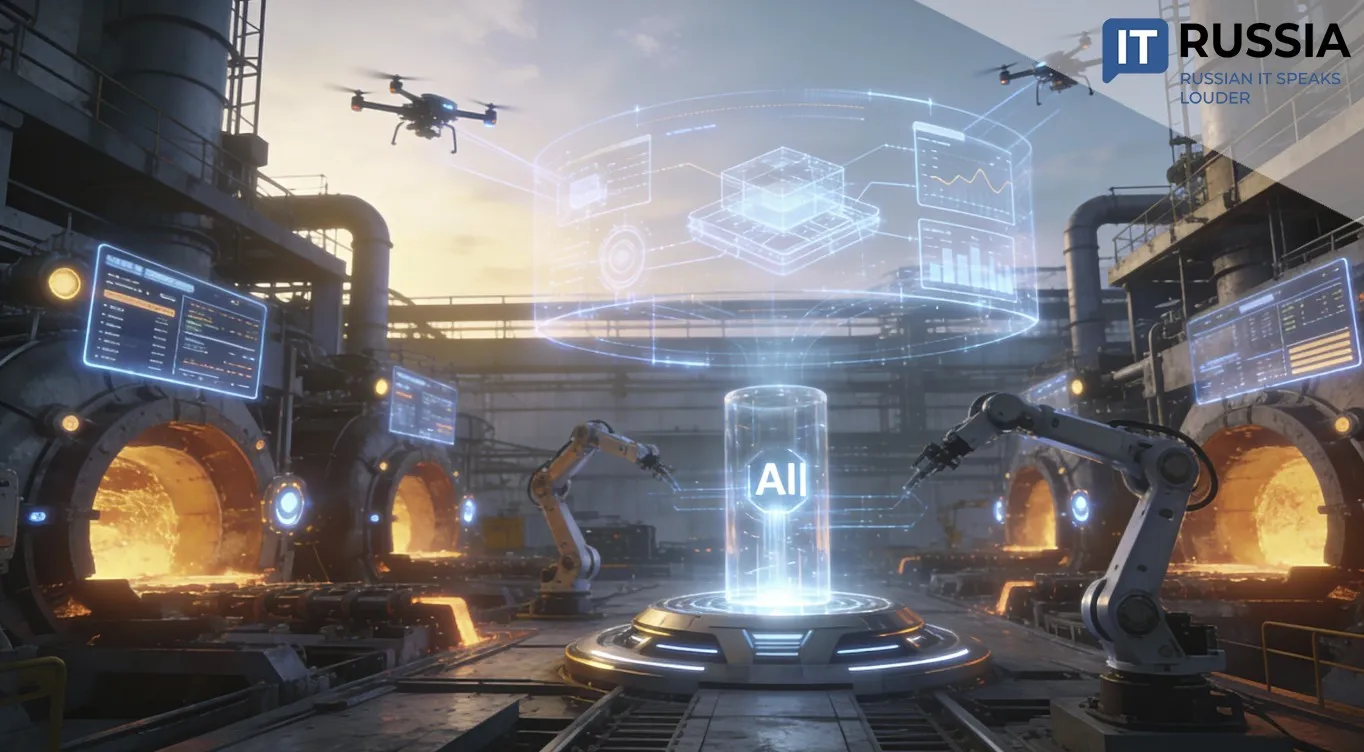BNPL Is Reshaping E-Commerce in Russia
At the PLAS Forum 2025, the spotlight shifted from technology to consumer behavior. Russians are living in a new financial reality: from splitting payments in a supermarket to buying a car on Ozon without ever setting foot in a bank. This shift is fueling the growth of a unique digital ecosystem.
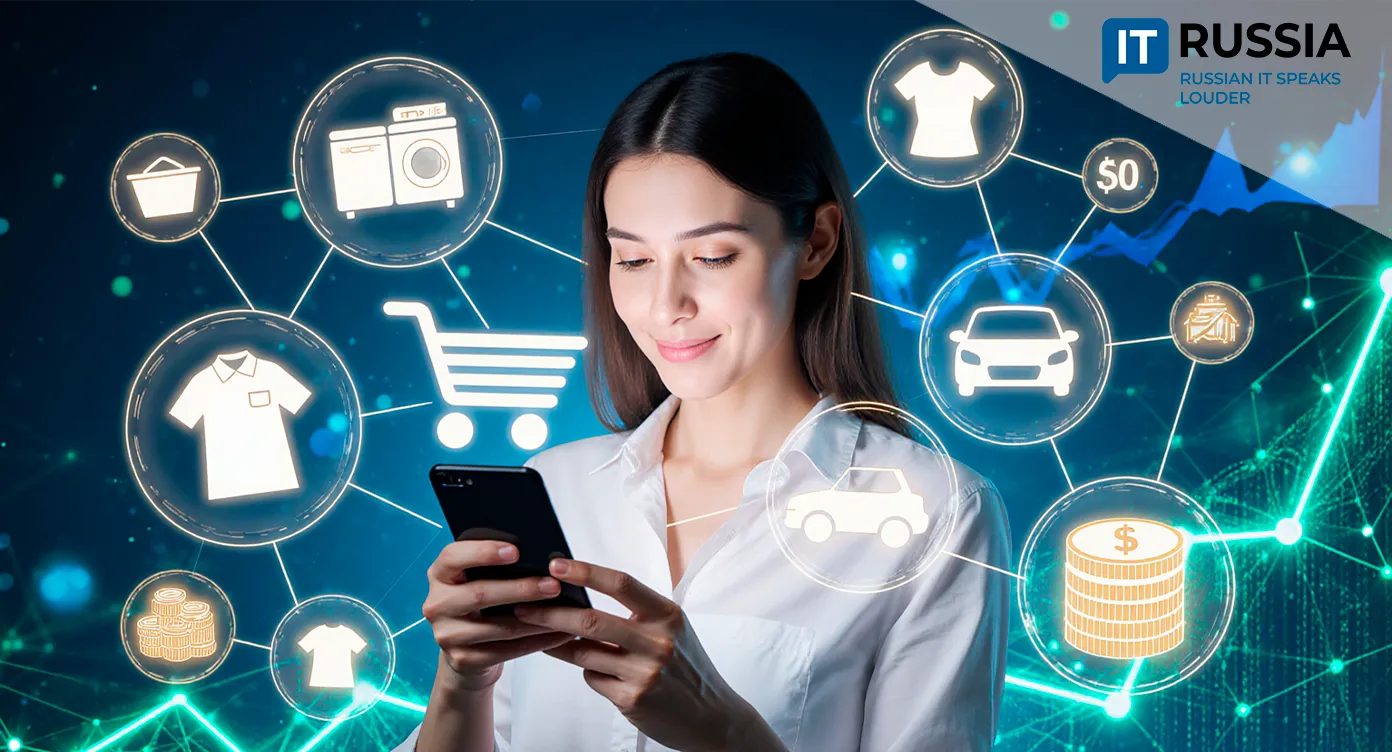
The Transformation of Online Commerce
The XV International PLAS Forum “Payment Business and Cash Circulation 2025” was held in Russia from September 9 to 11. At the closing session, participants examined new approaches to business development and customer relationships amid the ongoing transformation of banking in e-commerce.
One of the most disruptive forces is the BNPL (Buy Now, Pay Later) market. In just two years, it has grown sevenfold in Russia, now accounting for about 10% of online payments. By 2030, analysts predict its share will reach 15%.
Andrey Nazarenko, former CEO of the BNPL service “Pay in Parts,” stressed that installment-based purchases are now a win-win for consumers, vendors, and acquiring banks alike.
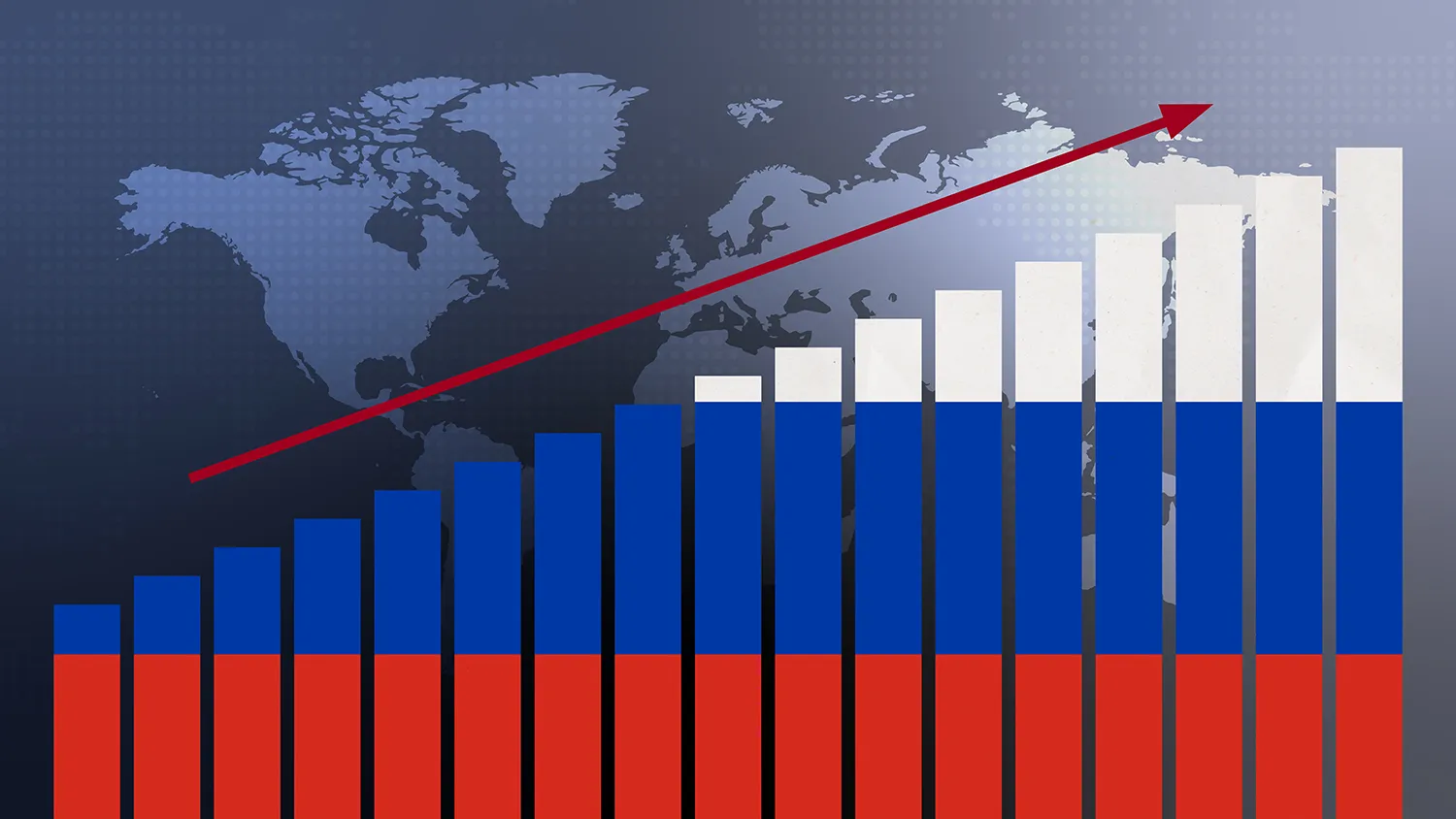
BNPL as the New Retail Standard
On major marketplaces, installment-based payments have already become a standard feature.
BNPL removes barriers: no paperwork, no guarantors, and no days-long wait for bank approval. Algorithms assess purchase history and in-app behavior and make instant decisions: yes or no. Unlike banks, FinTech services do not require a credit history. As a result, financing becomes accessible to groups previously “invisible” to the system — students, freelancers, retirees, and small businesses.
According to Frank RG, 60% of Russian internet users are aware of BNPL, and 8% have tried it at least once, according to sber.pro. BNPL is also expanding beyond e-commerce. In 2024–2025, services began moving into offline retail — from home appliances at M.Video to spare parts at gas stations.
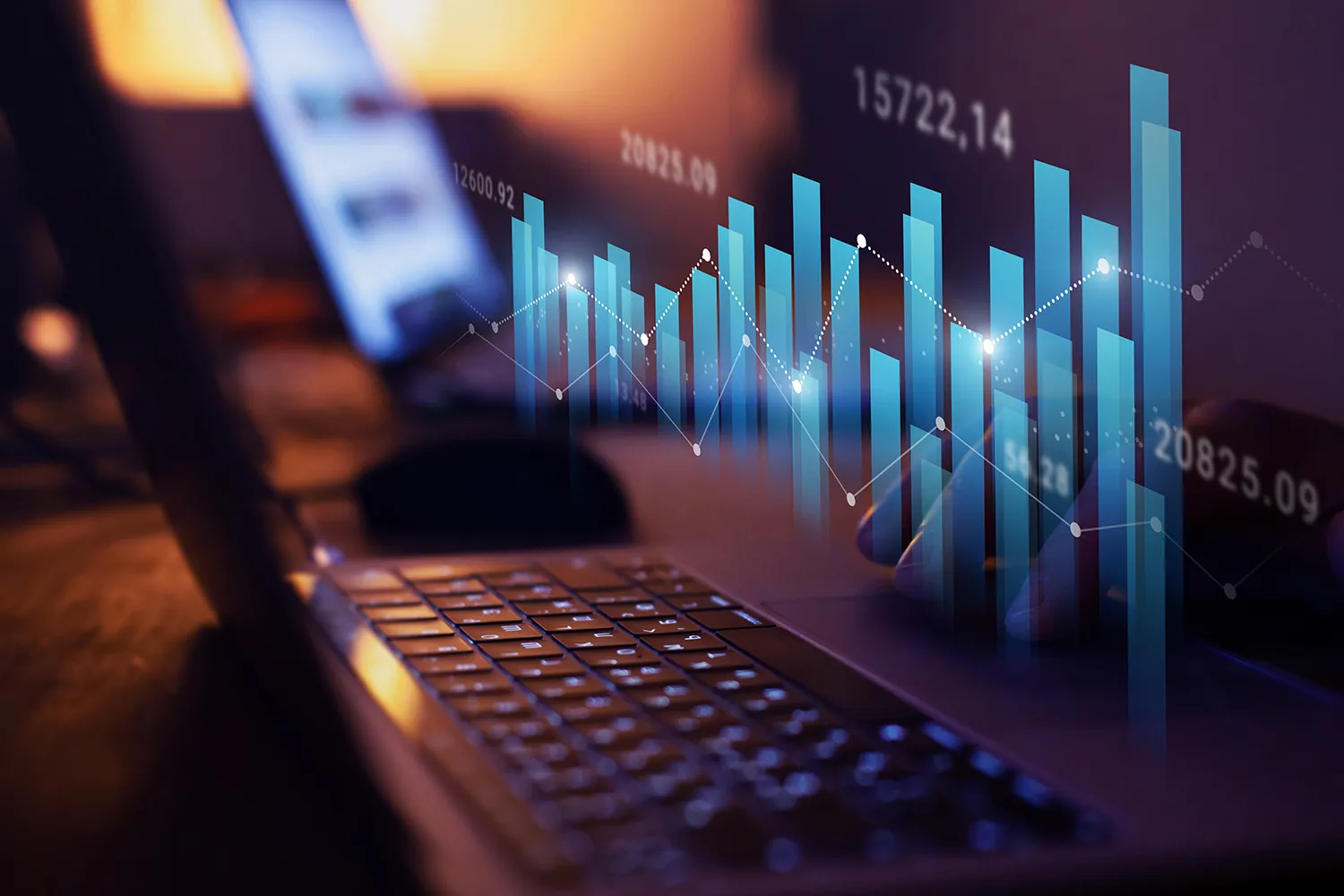
Appetite Grows — and So Does the Check
Demand is driving supply. More than 44% of online stores in Russia already use BNPL, and statistics show that both average transaction size and overall sales volumes rise as a result.
Previously, BNPL was used mainly for household appliances, furniture, clothing, footwear, and home improvement products. Now the shopping list also includes cars. In 2024, Ozon sold nearly 3,000 cars through BNPL, worth about 8.5 billion rubles (around $92 million).
About 20% of e-commerce platforms work with several BNPL providers at once. Russia’s largest players include “Dolyami” by Tinkoff Bank, “Split” by Yandex, “Pay in Parts” by Sberbank, “Podeli” by Alfa-Bank, PayStep by CFT, and “Ozon Installments” by Ozon.
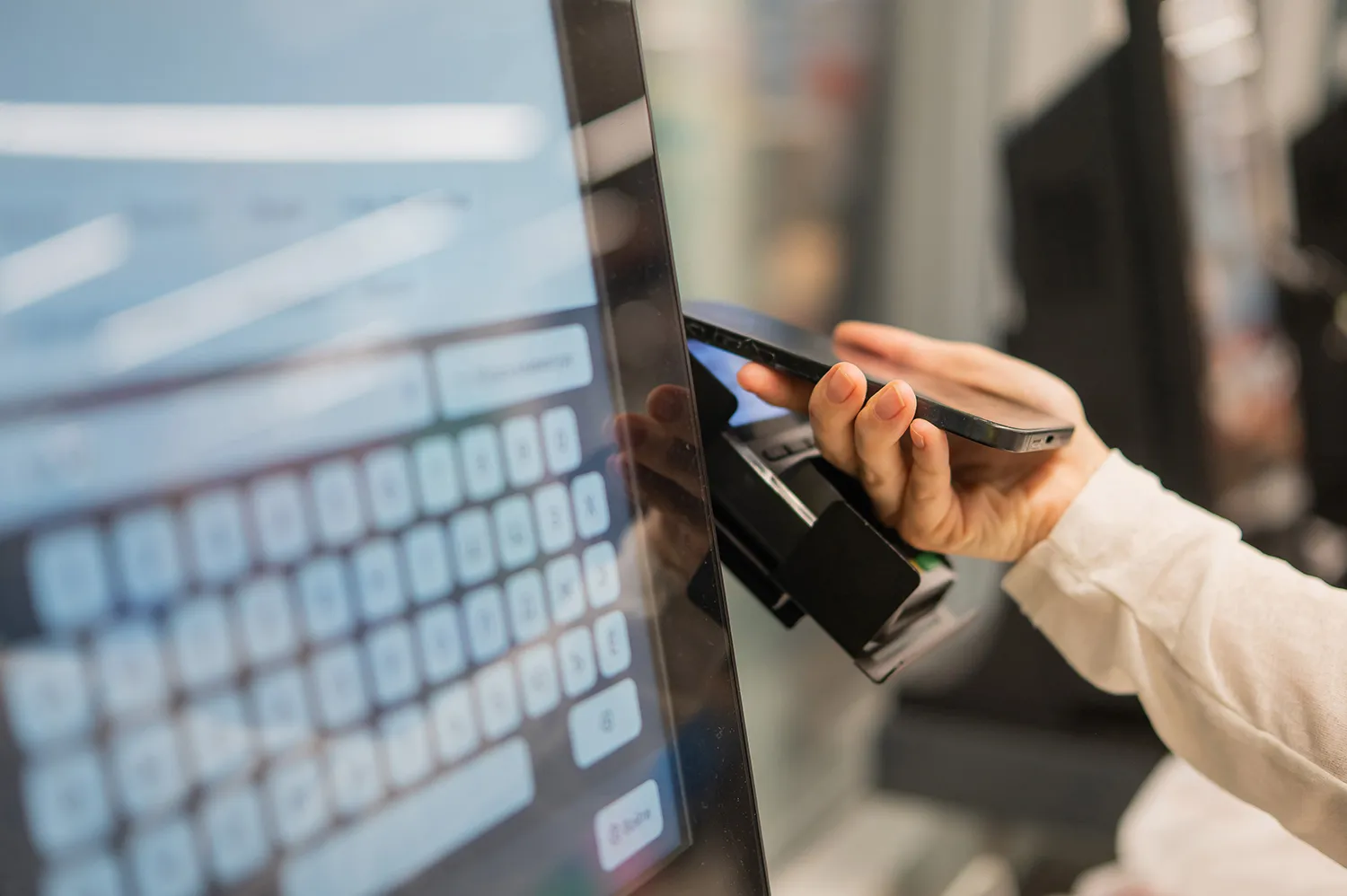
Russia’s Experience Goes Global
Much of Russia’s fintech innovation emerged under import substitution policies. These solutions did not just replace Western technologies — they gave the digital economy room to grow and offered competitive advantages to companies unafraid of innovation.
The company ZA was highlighted at the PLAS Forum as an example: starting with Russian marketplaces, it expanded into the CIS and eventually onto Amazon, reaching revenue of 22 billion rubles (about $238 million).
Countries like Kazakhstan, Armenia, Uzbekistan, and even Turkey are seeking solutions that require minimal infrastructure while delivering fast sales and product availability. Here, Russia has an opportunity to help.


